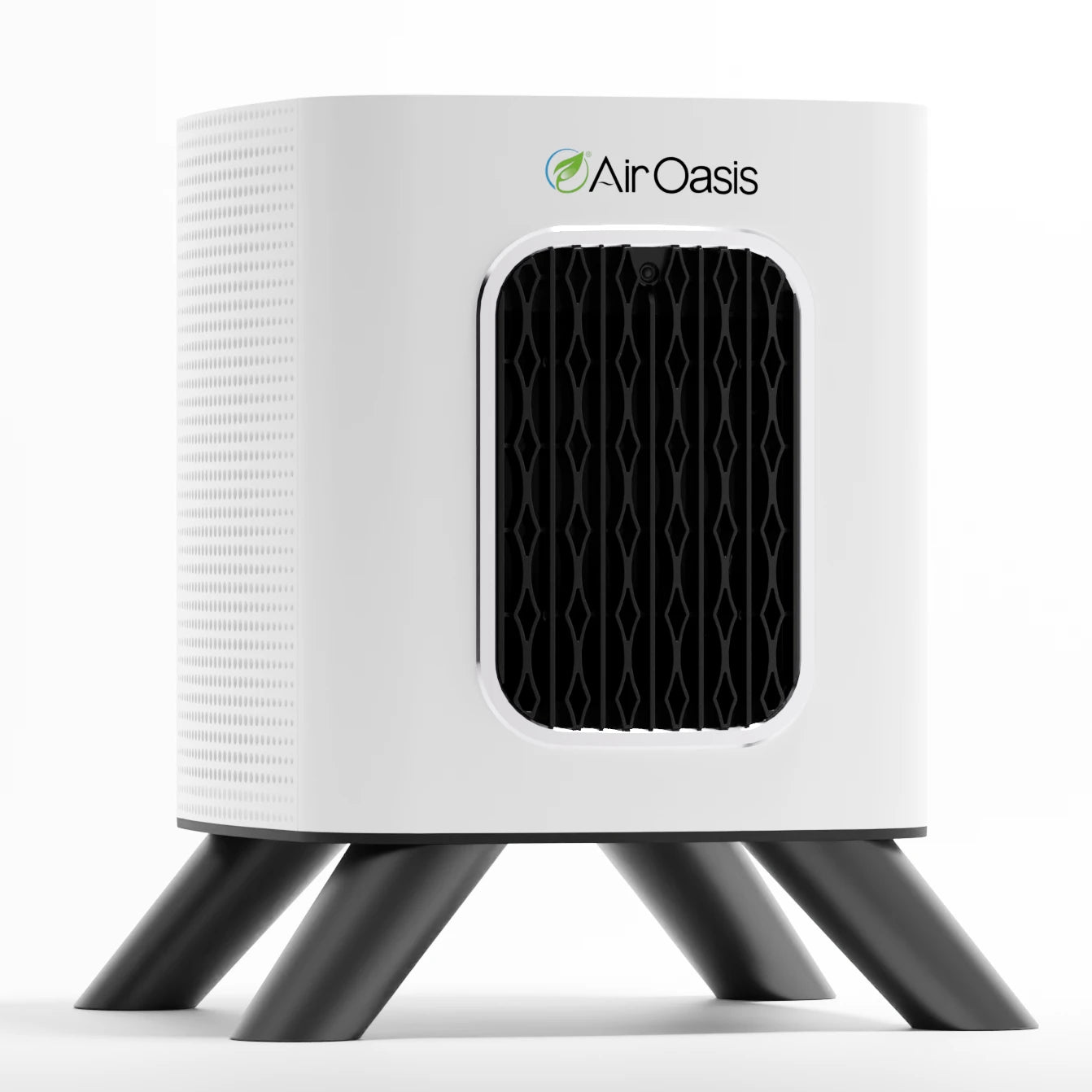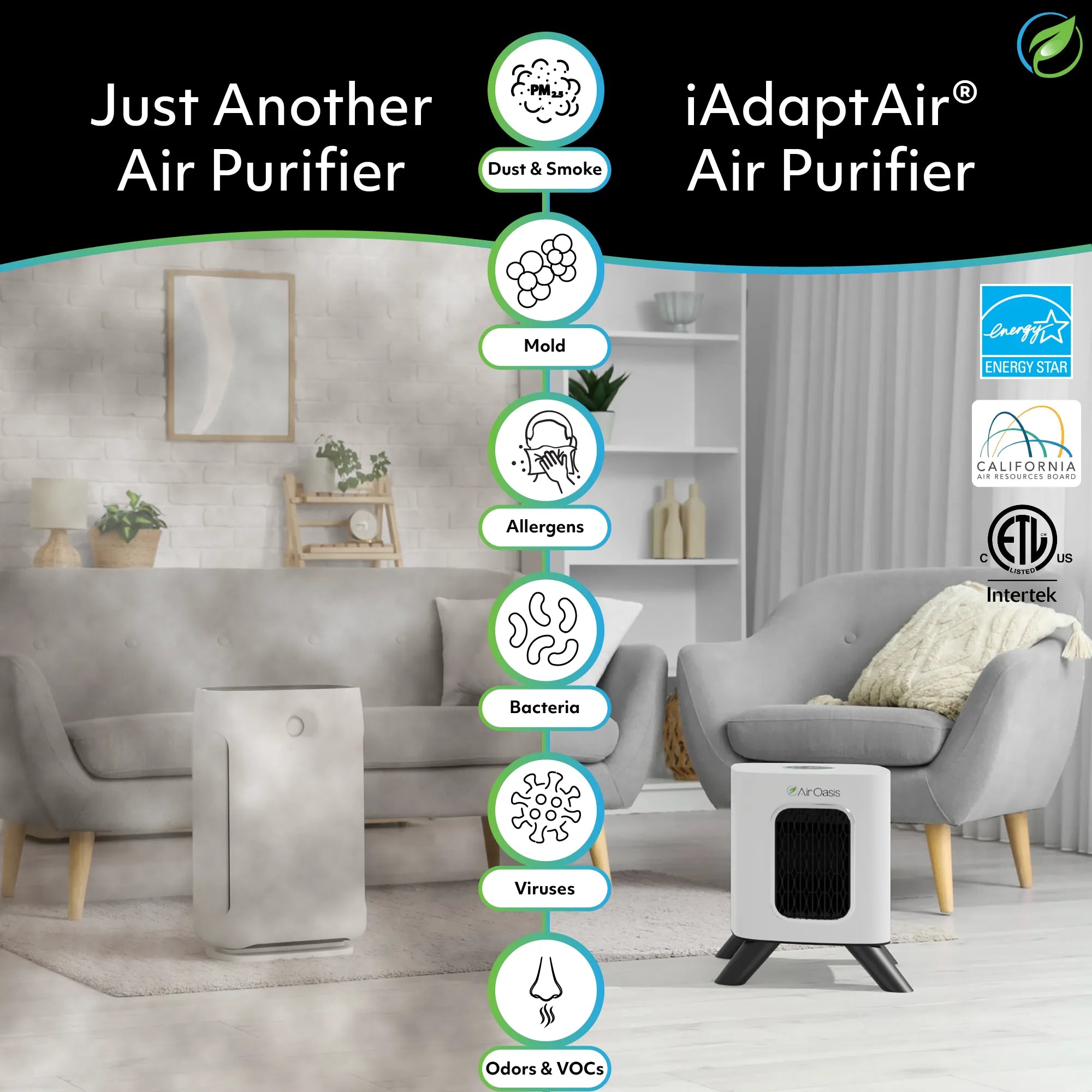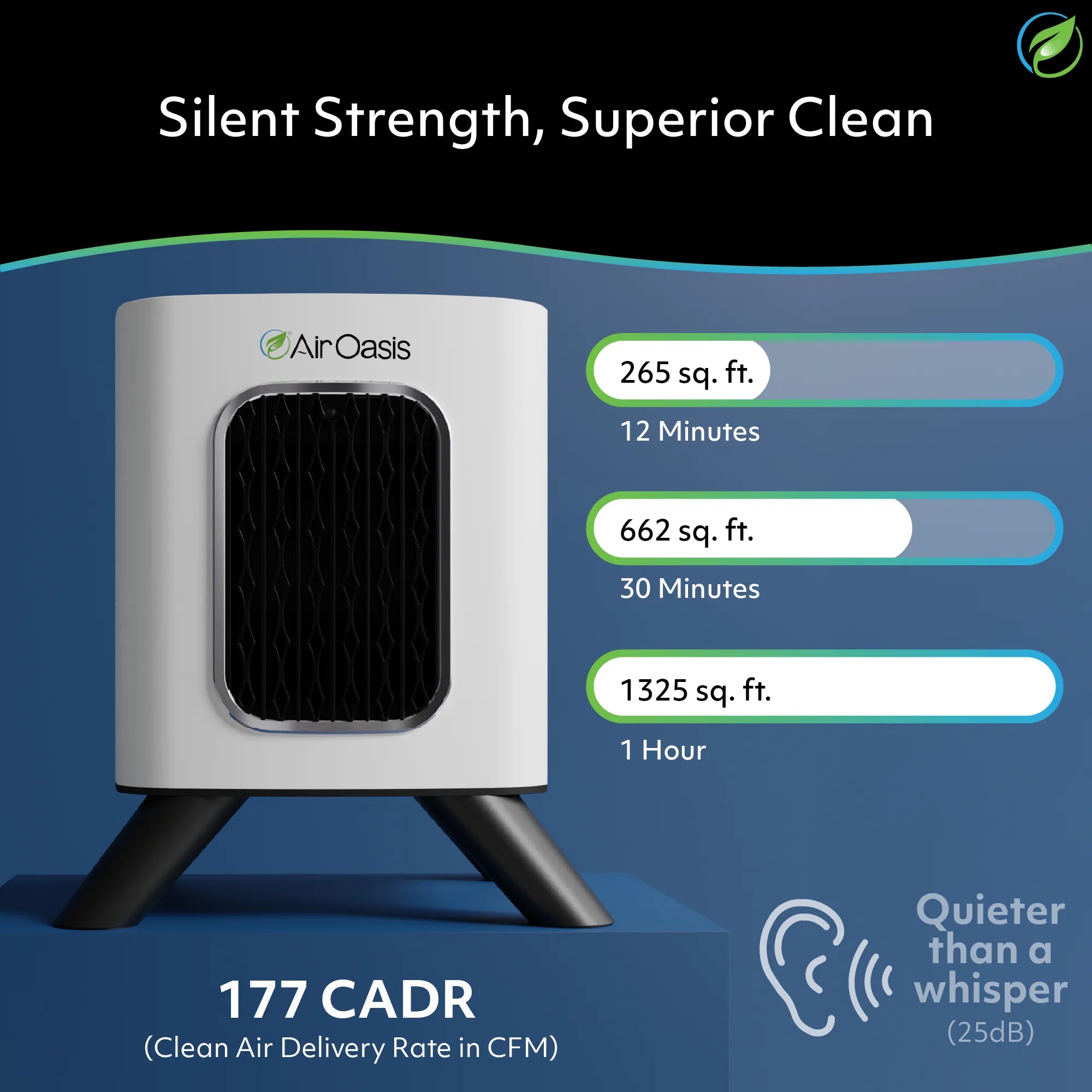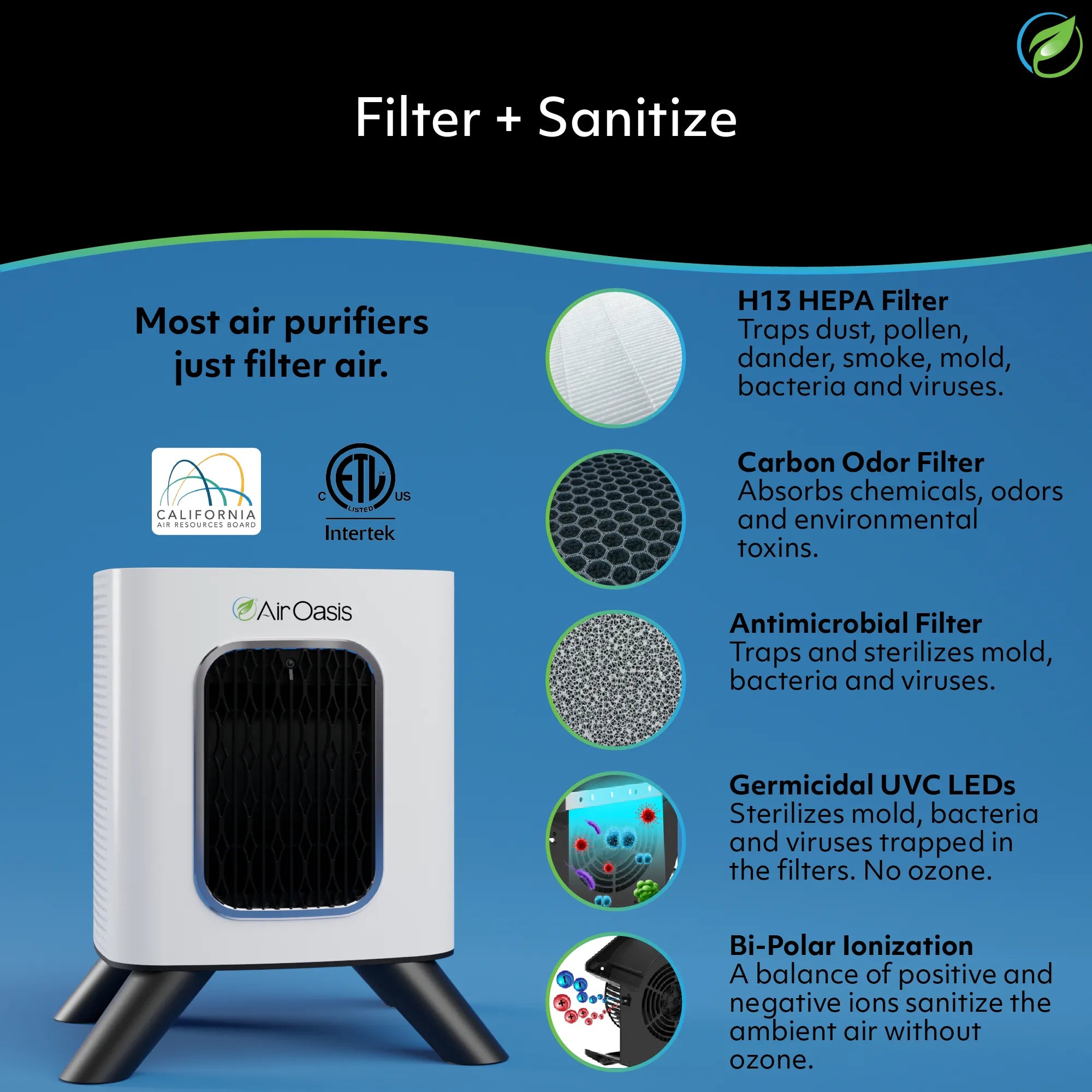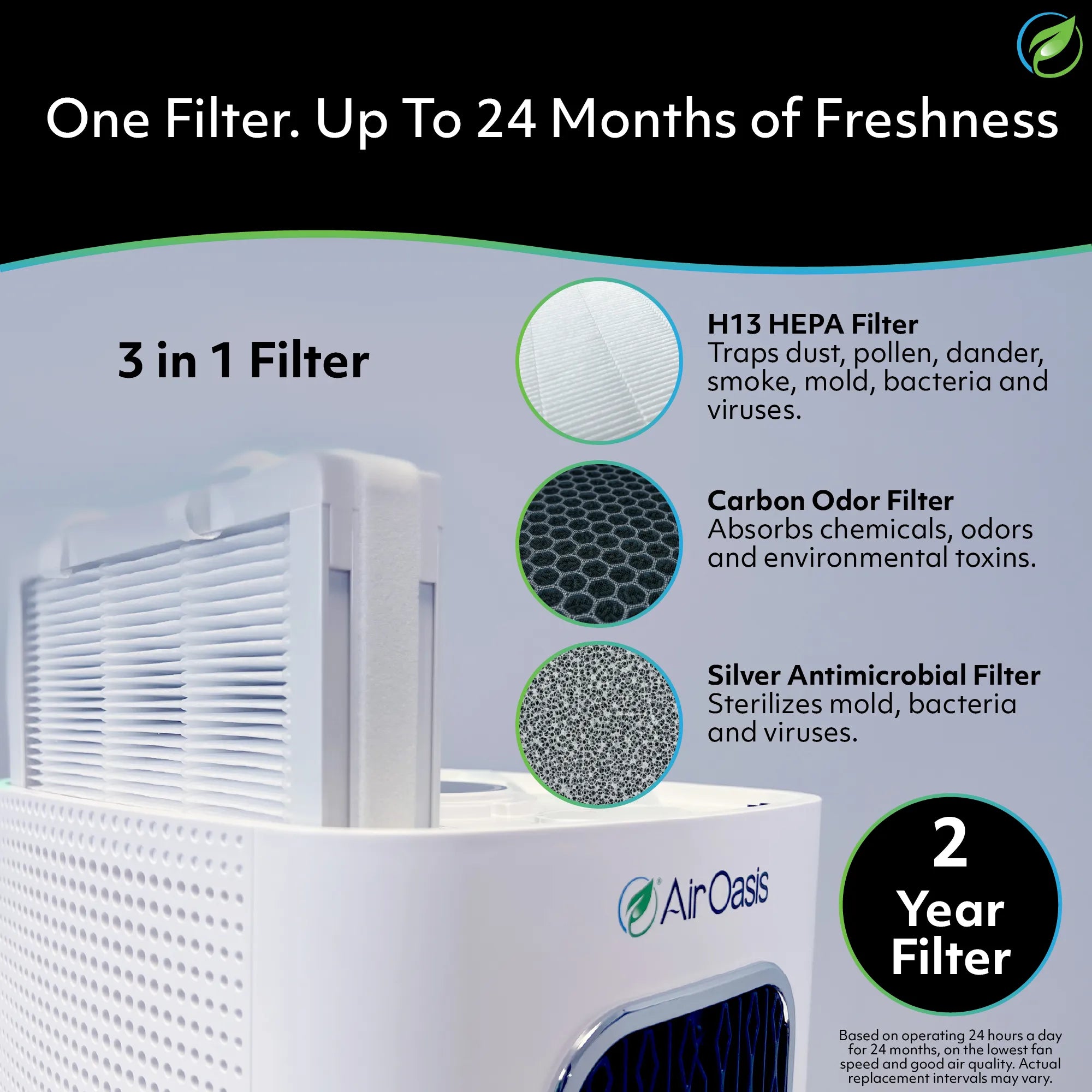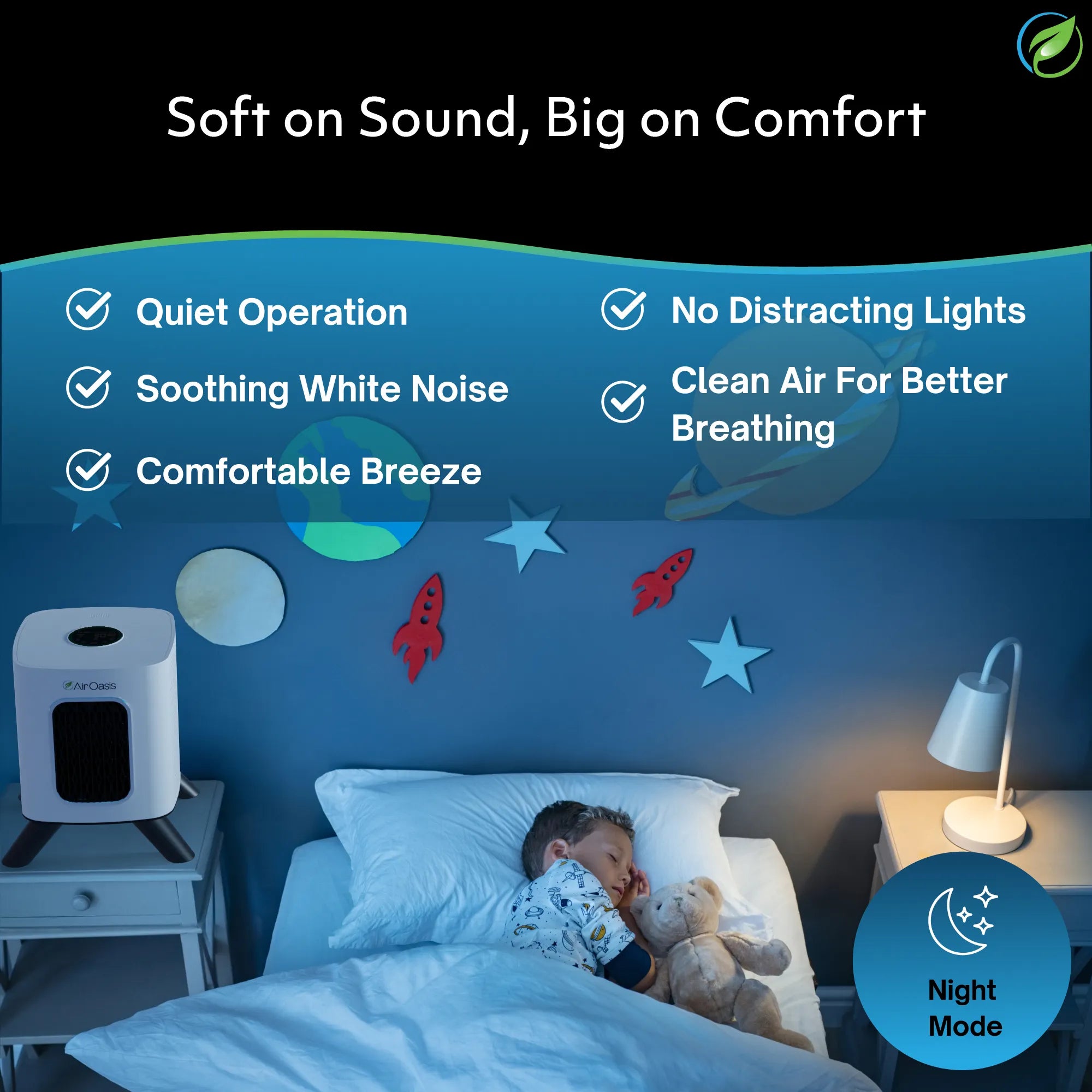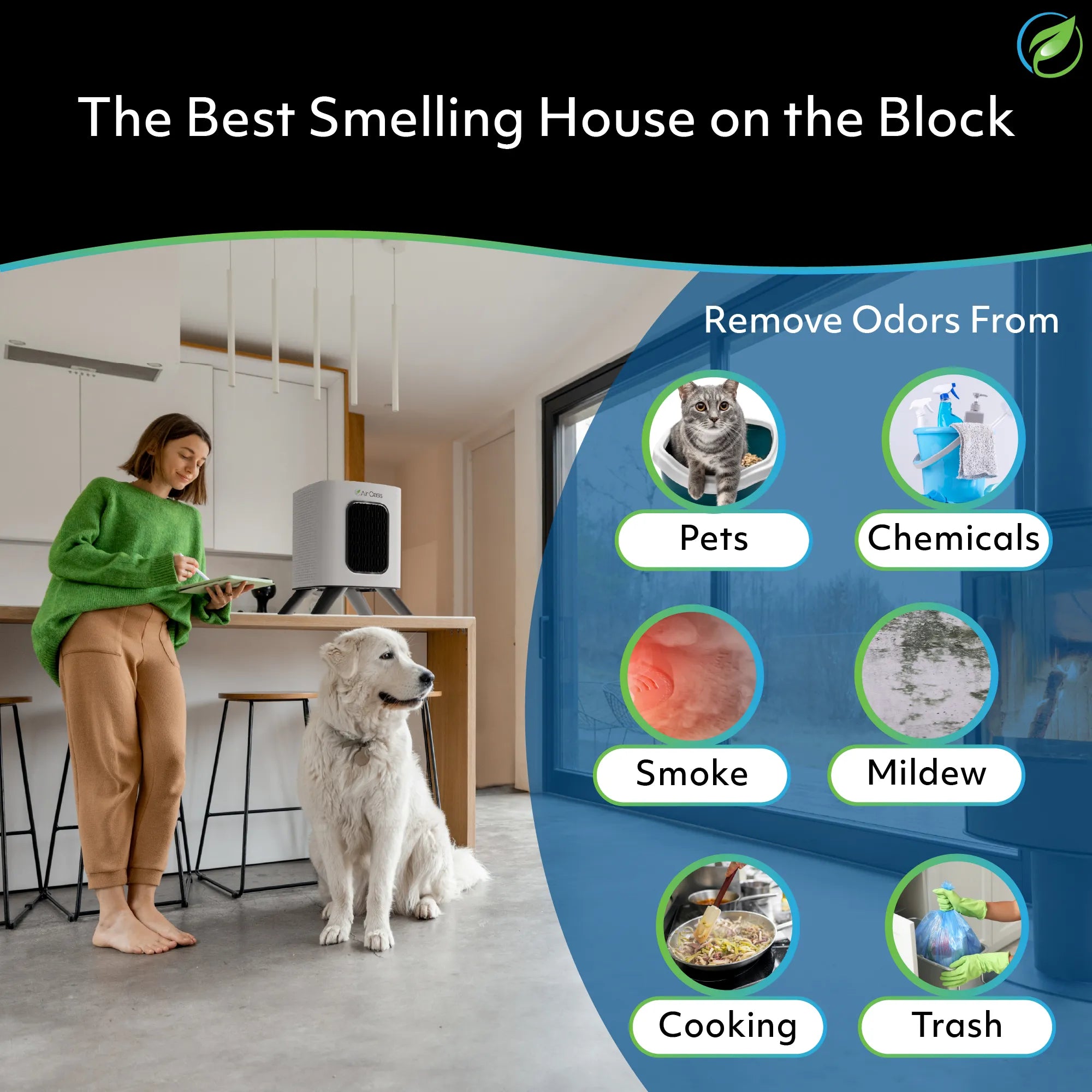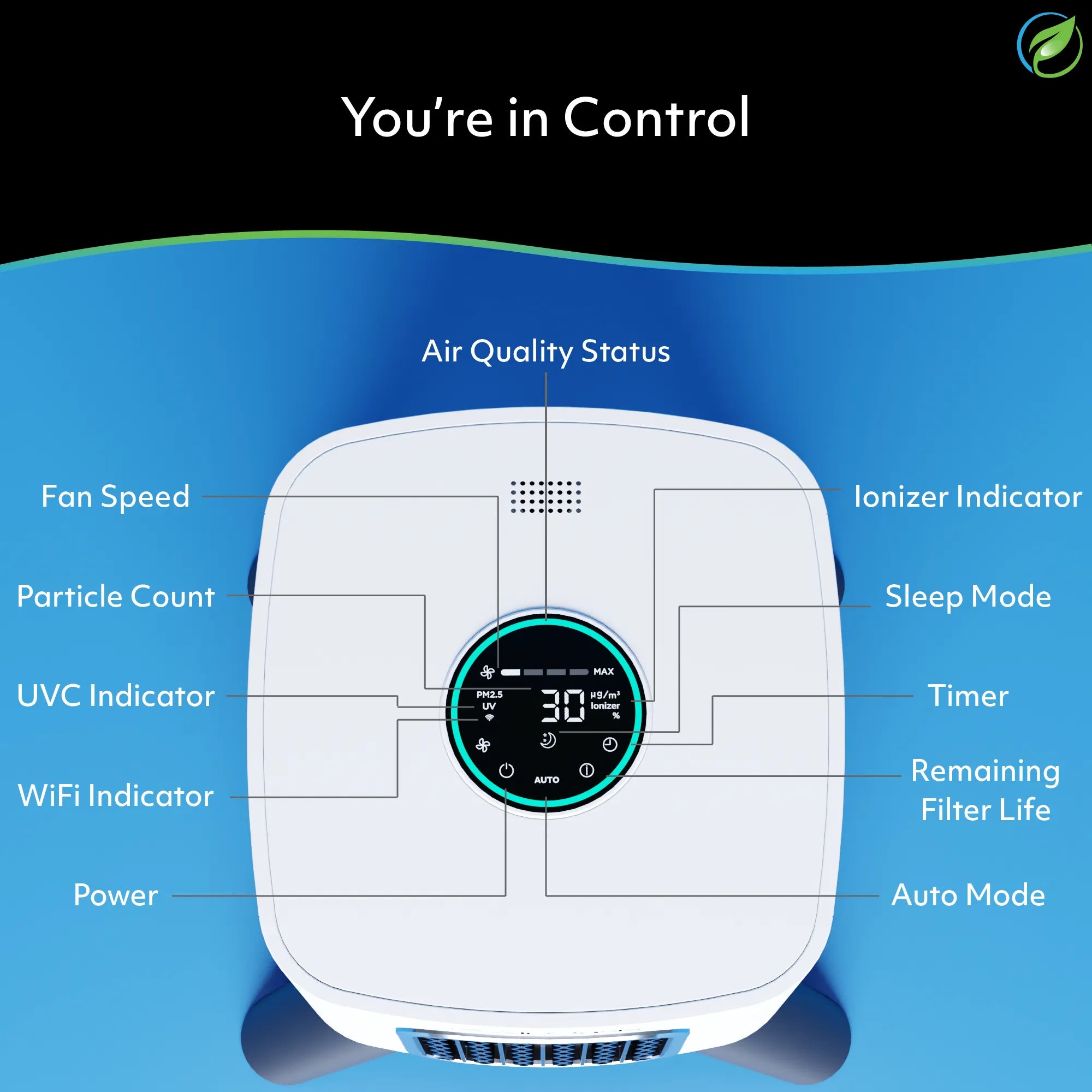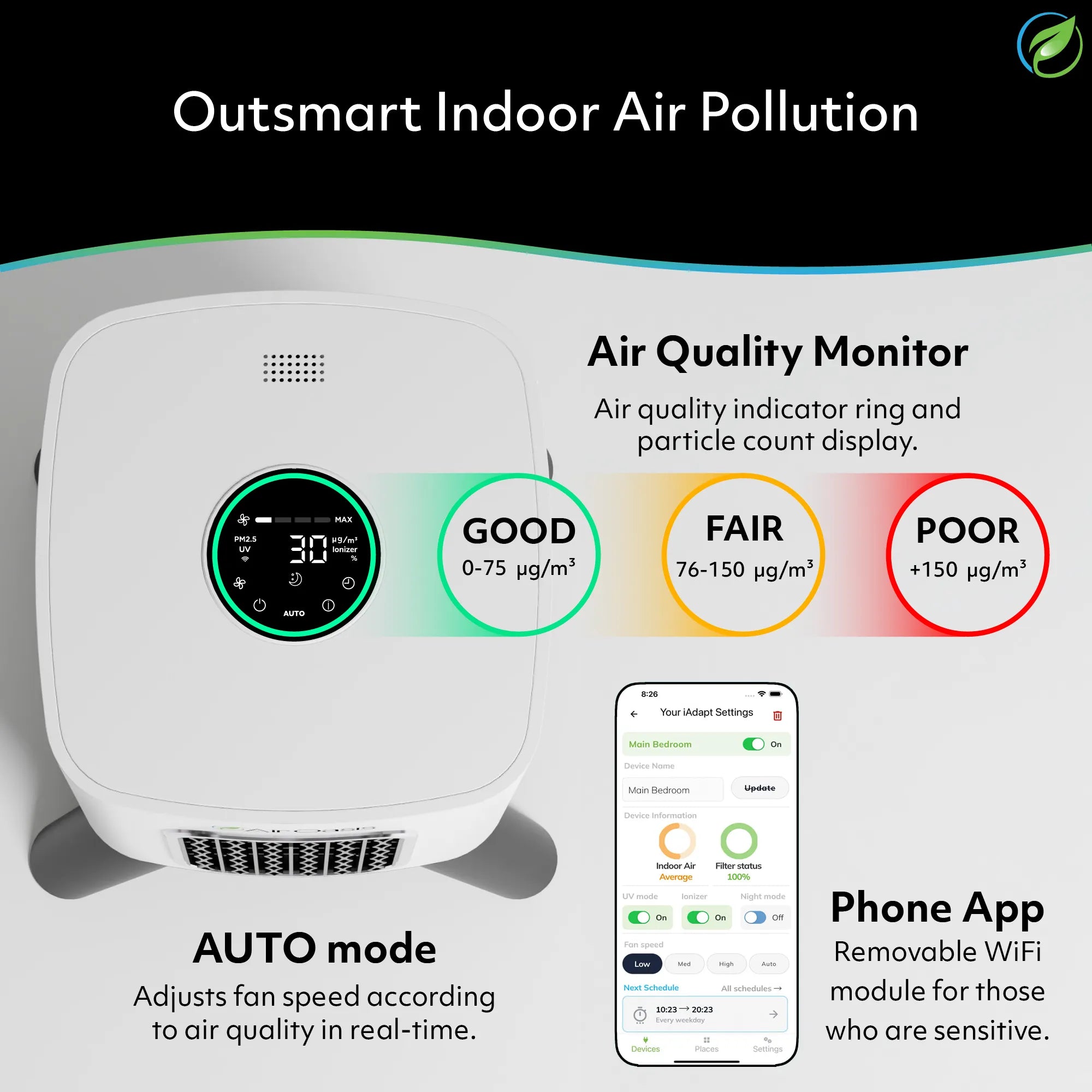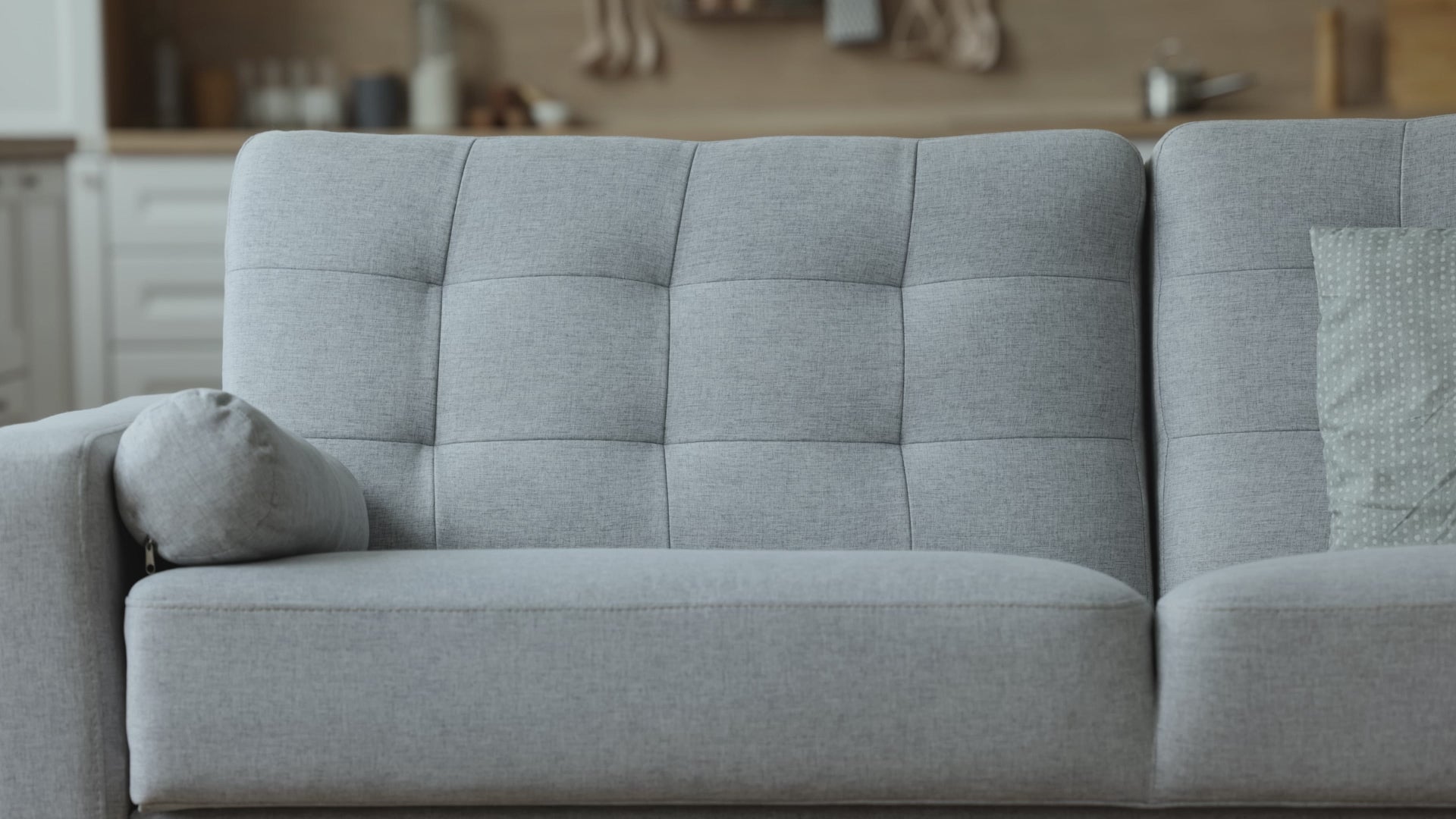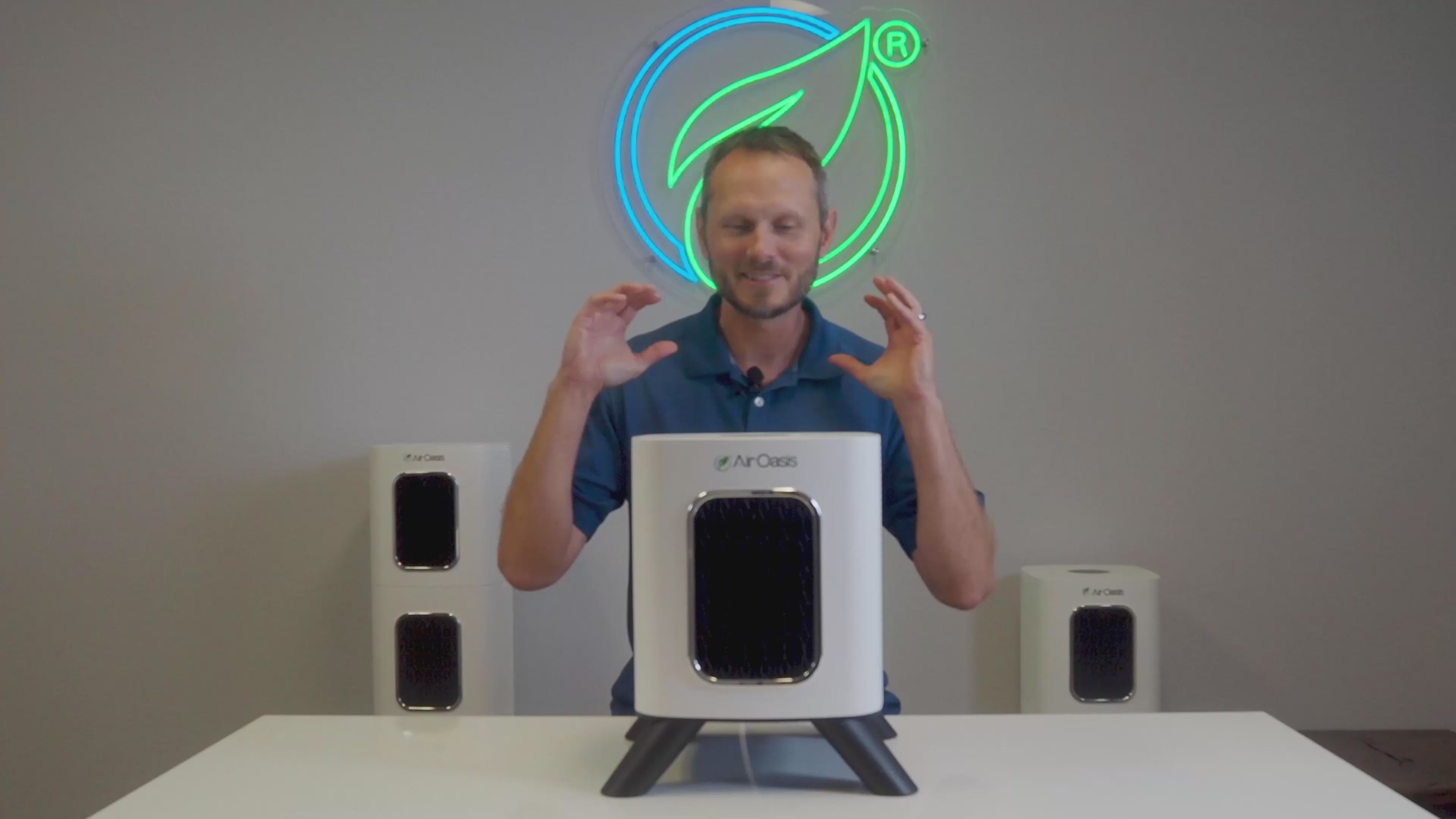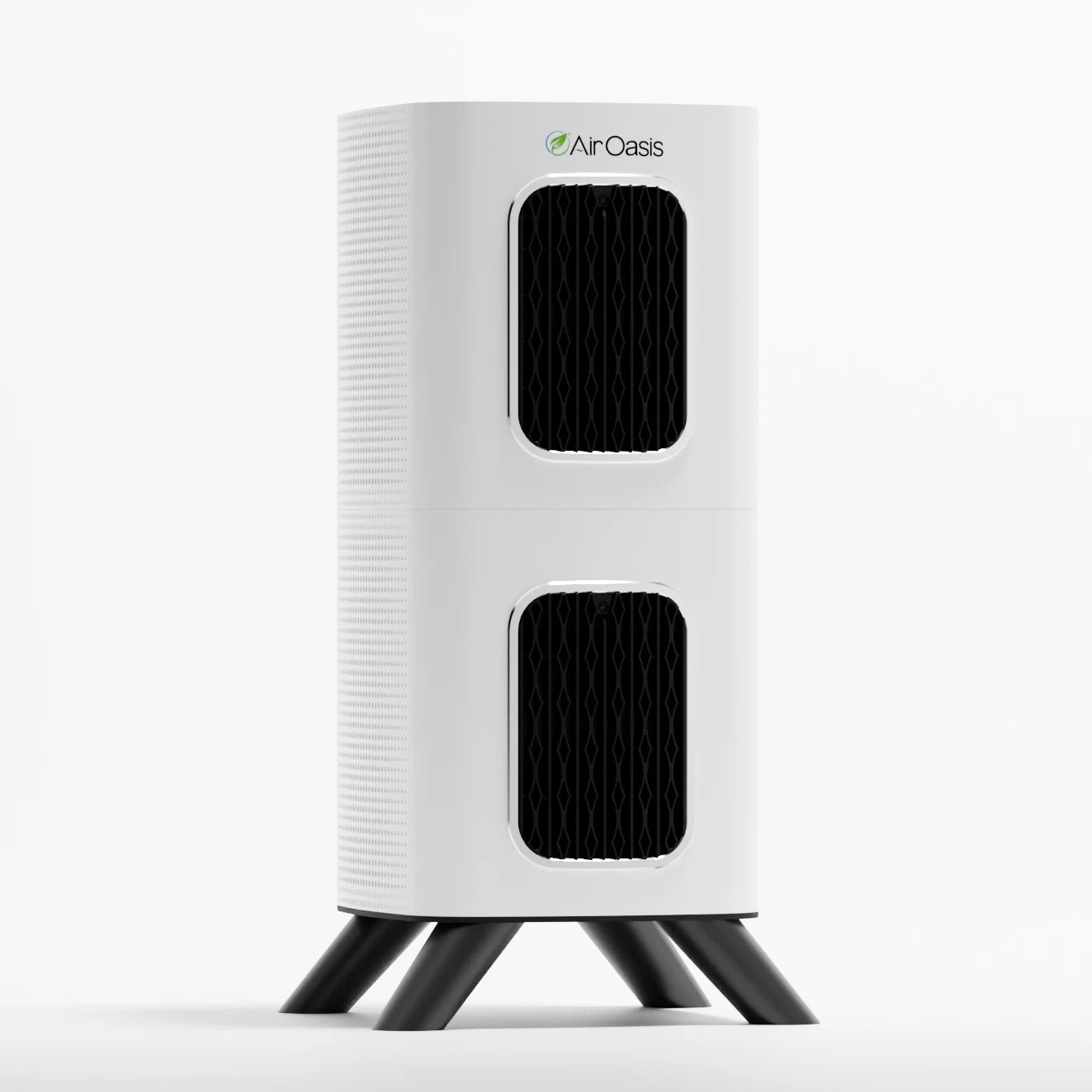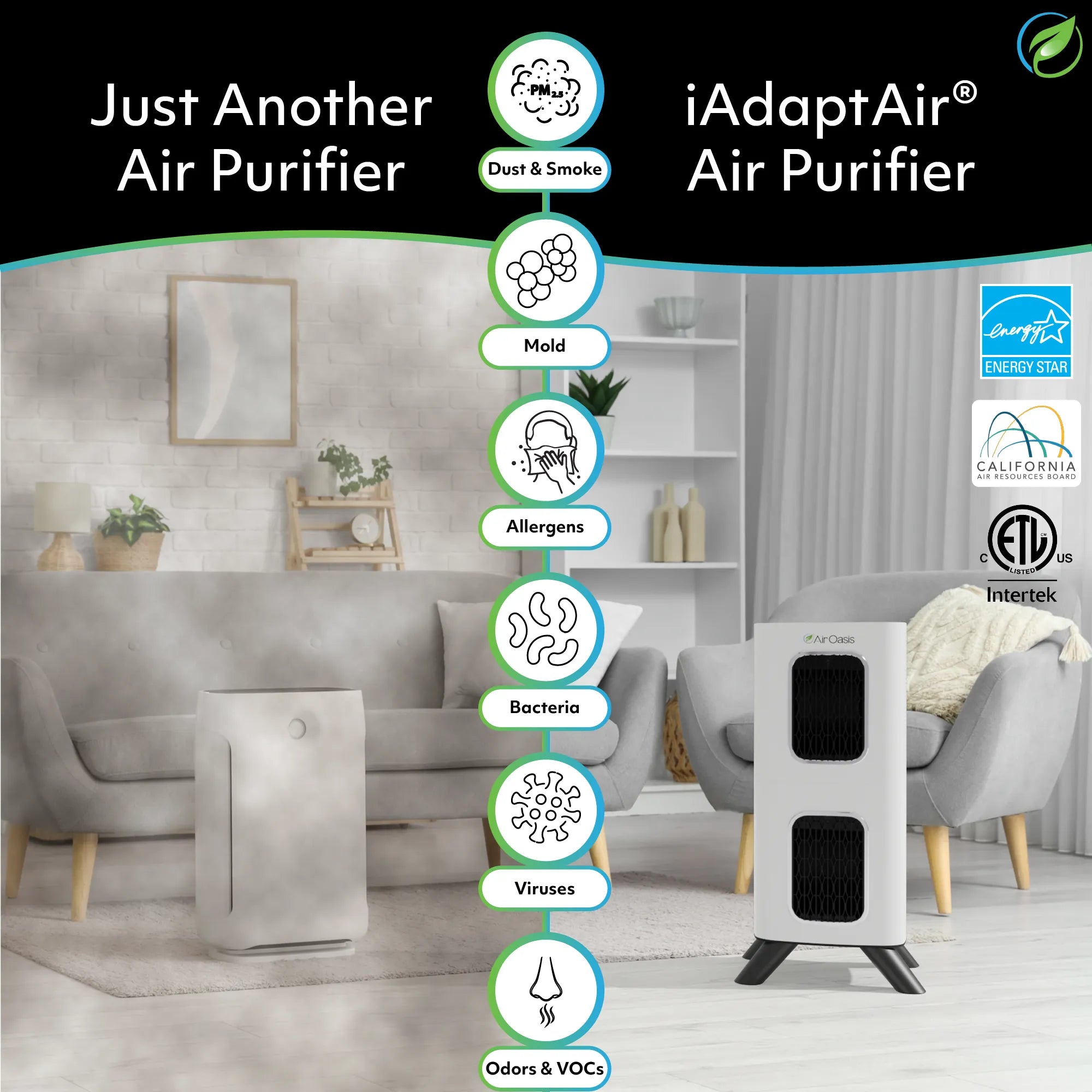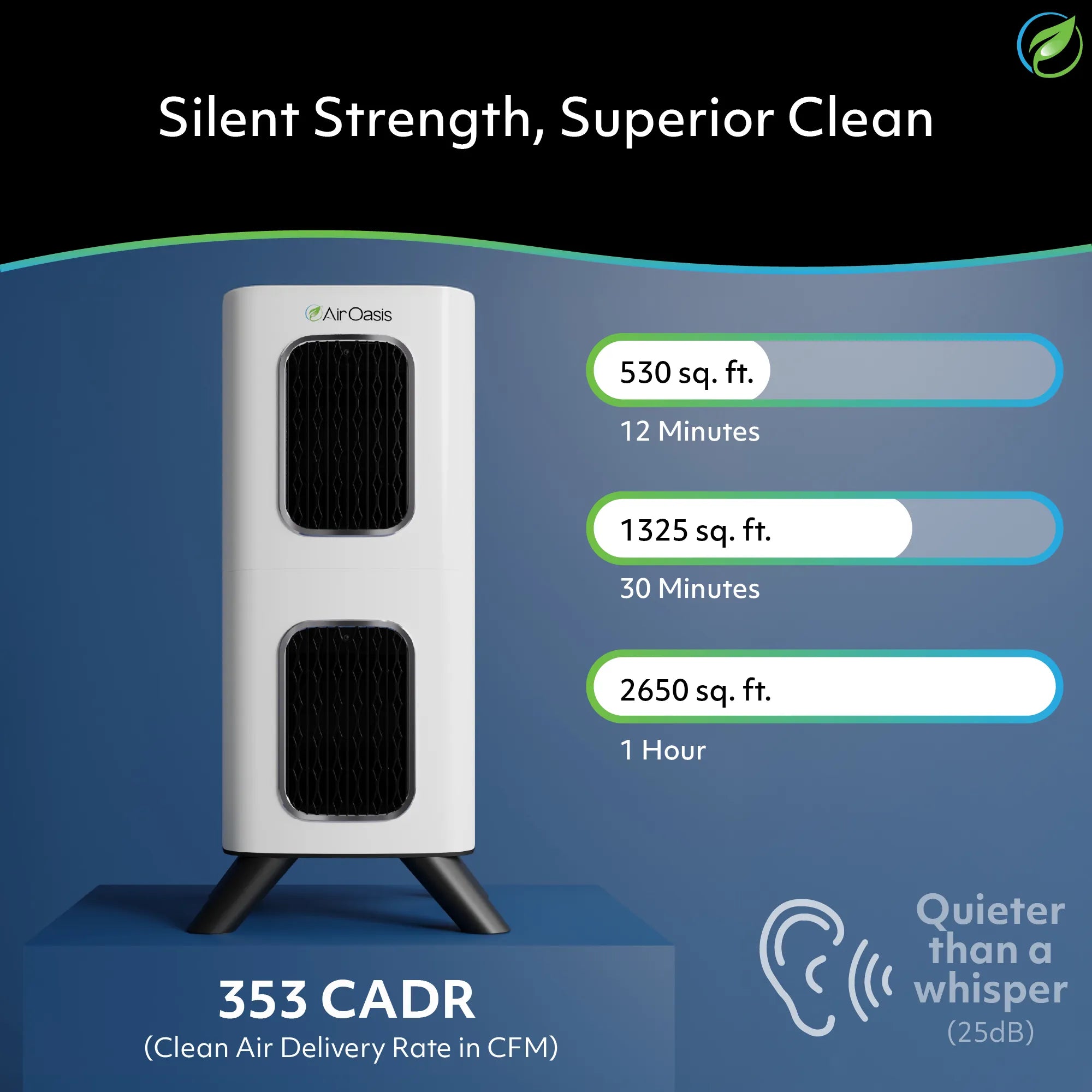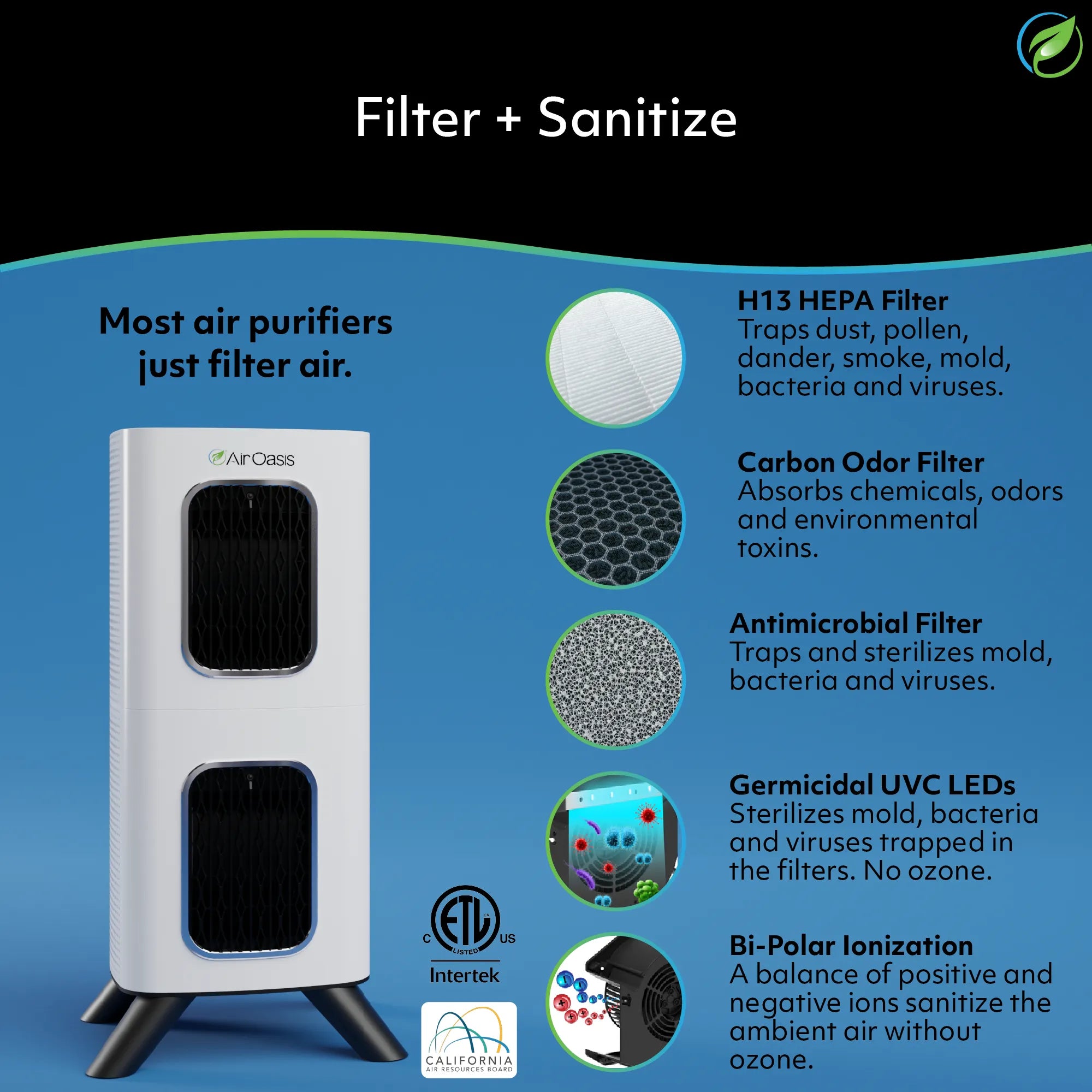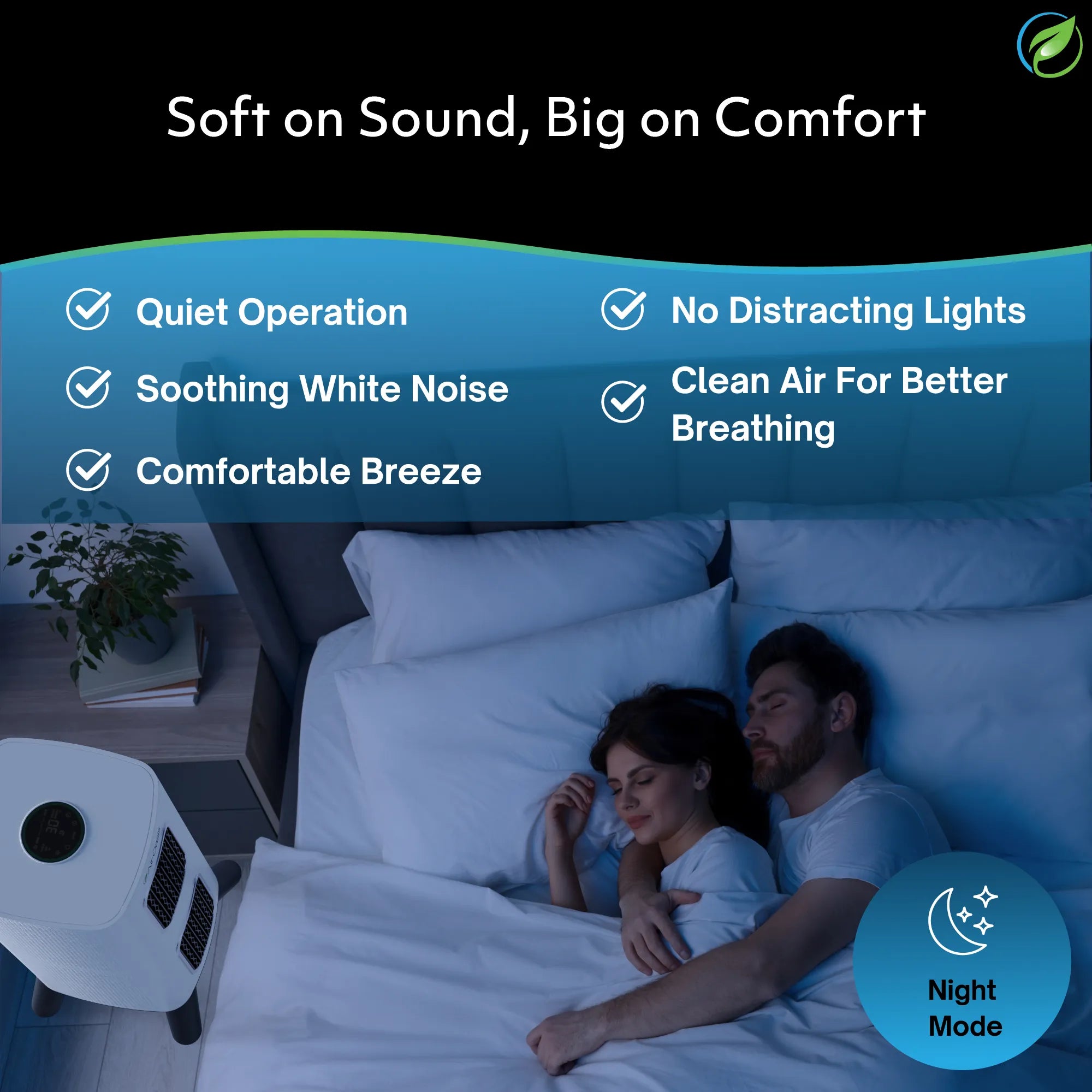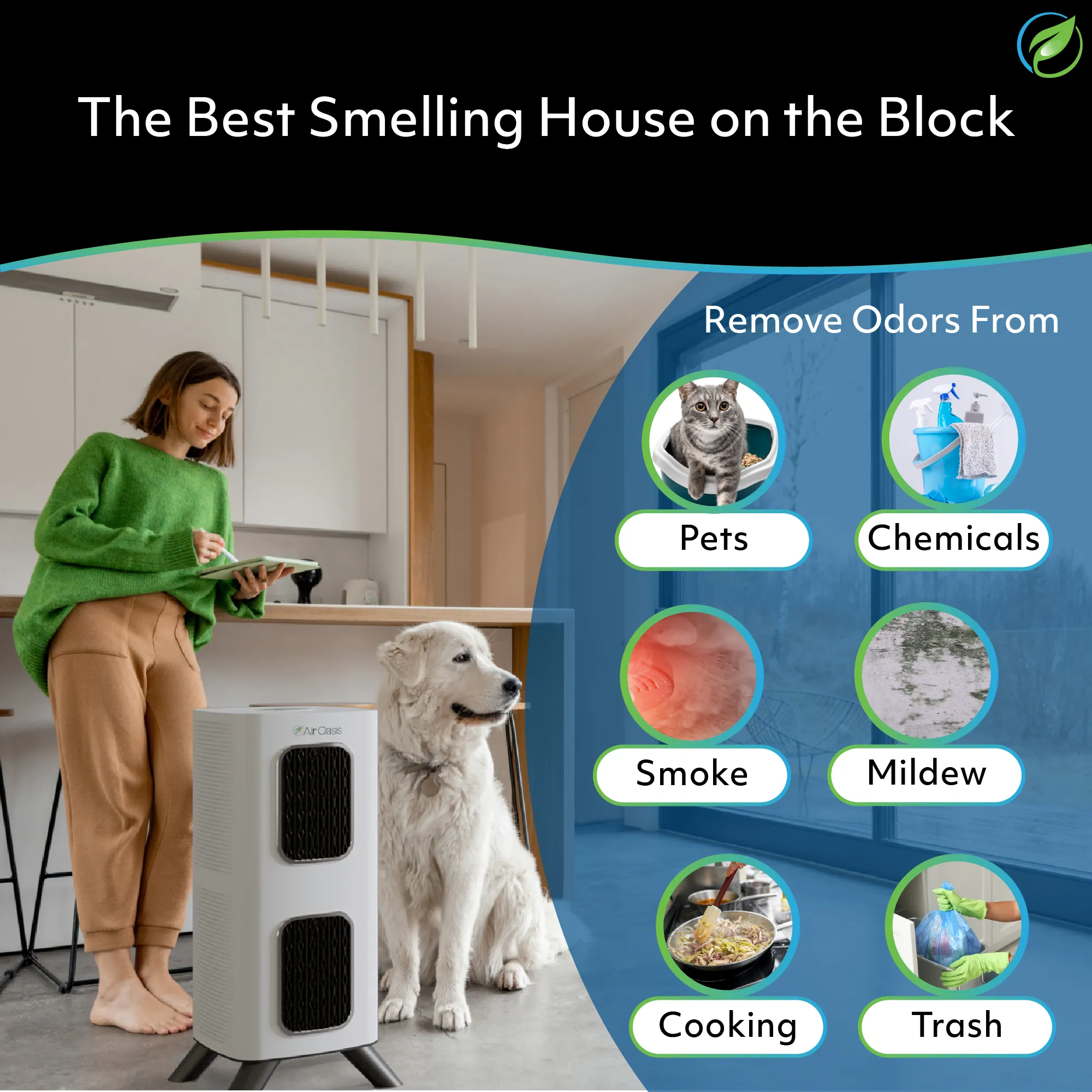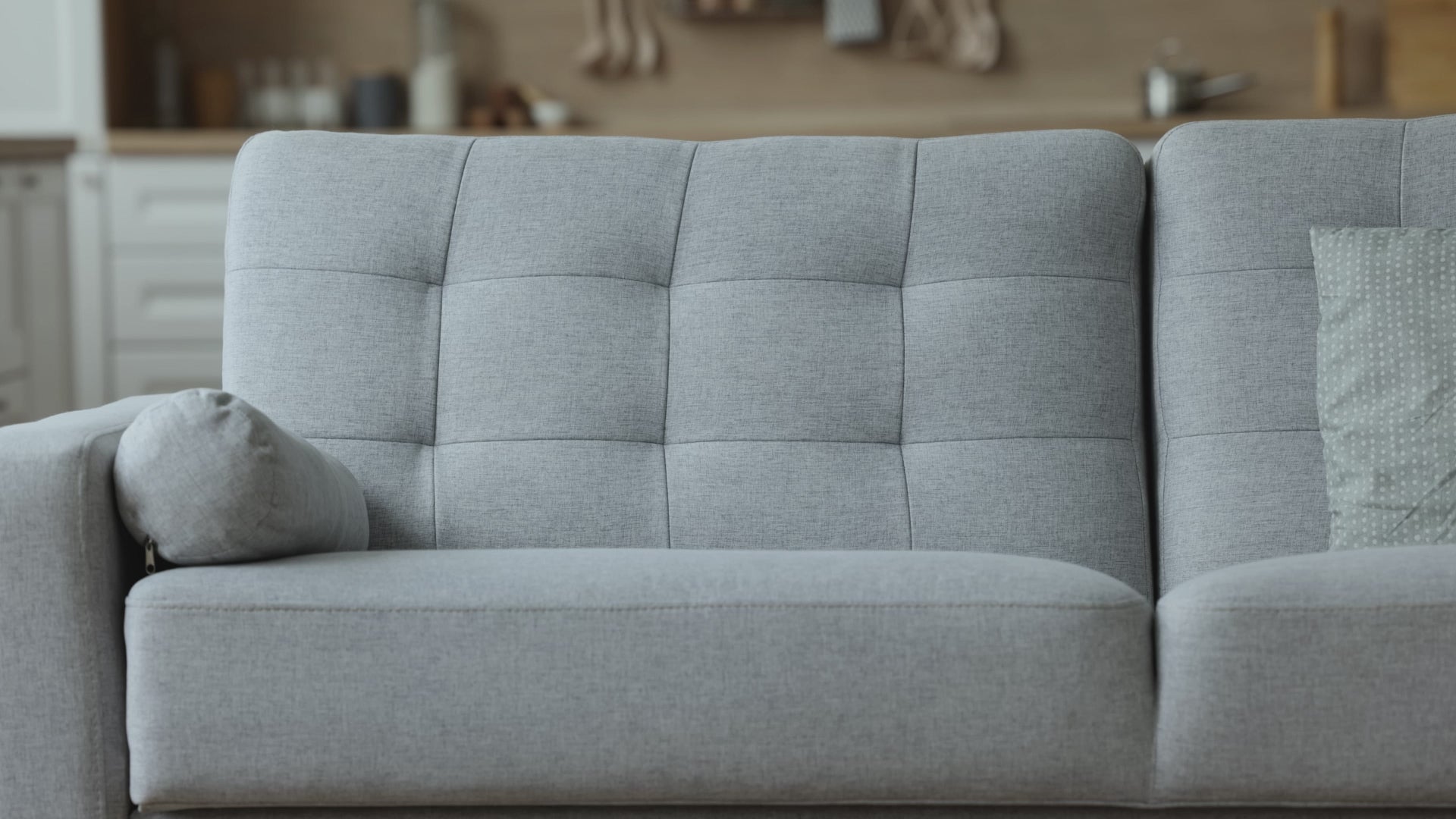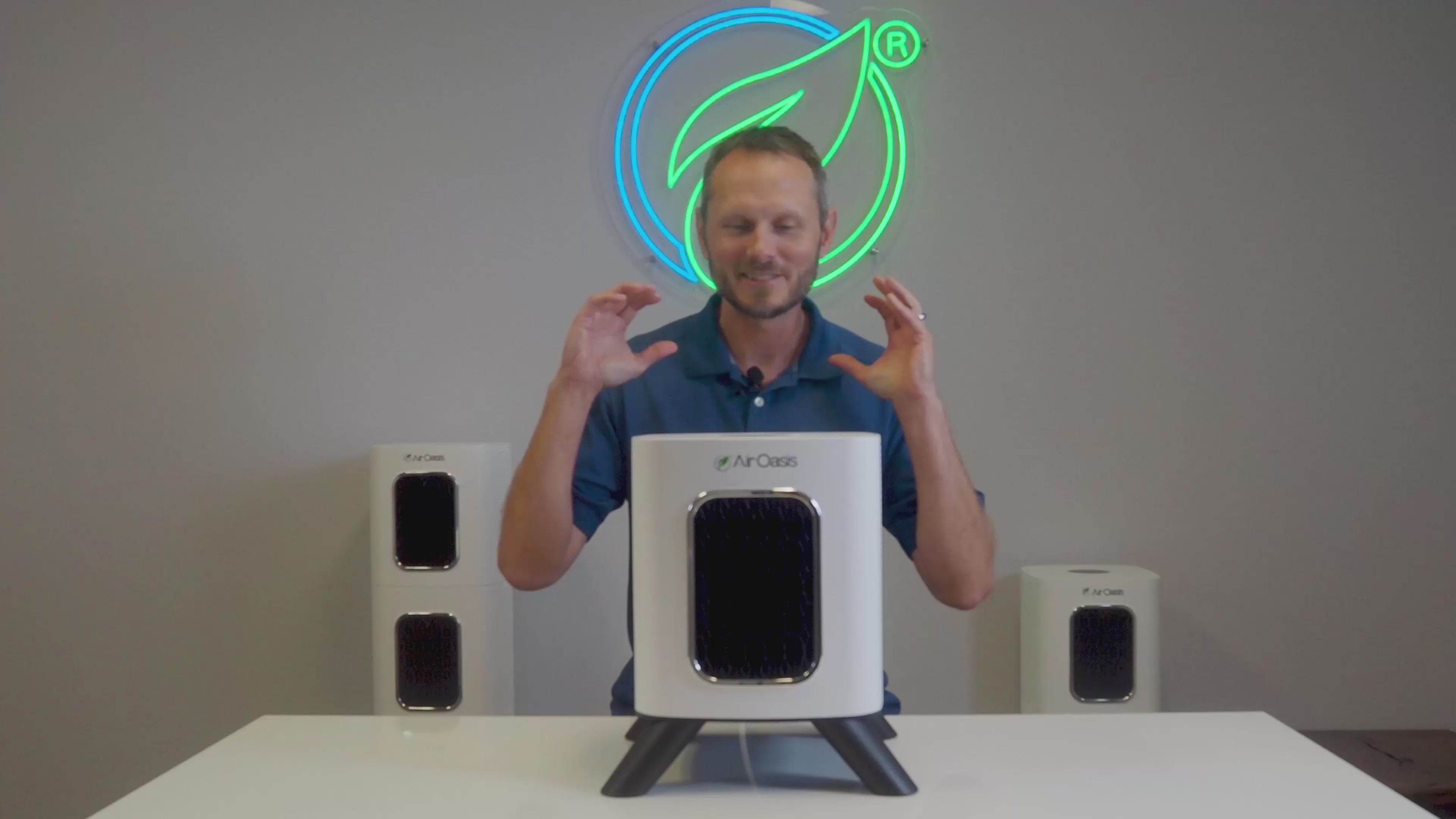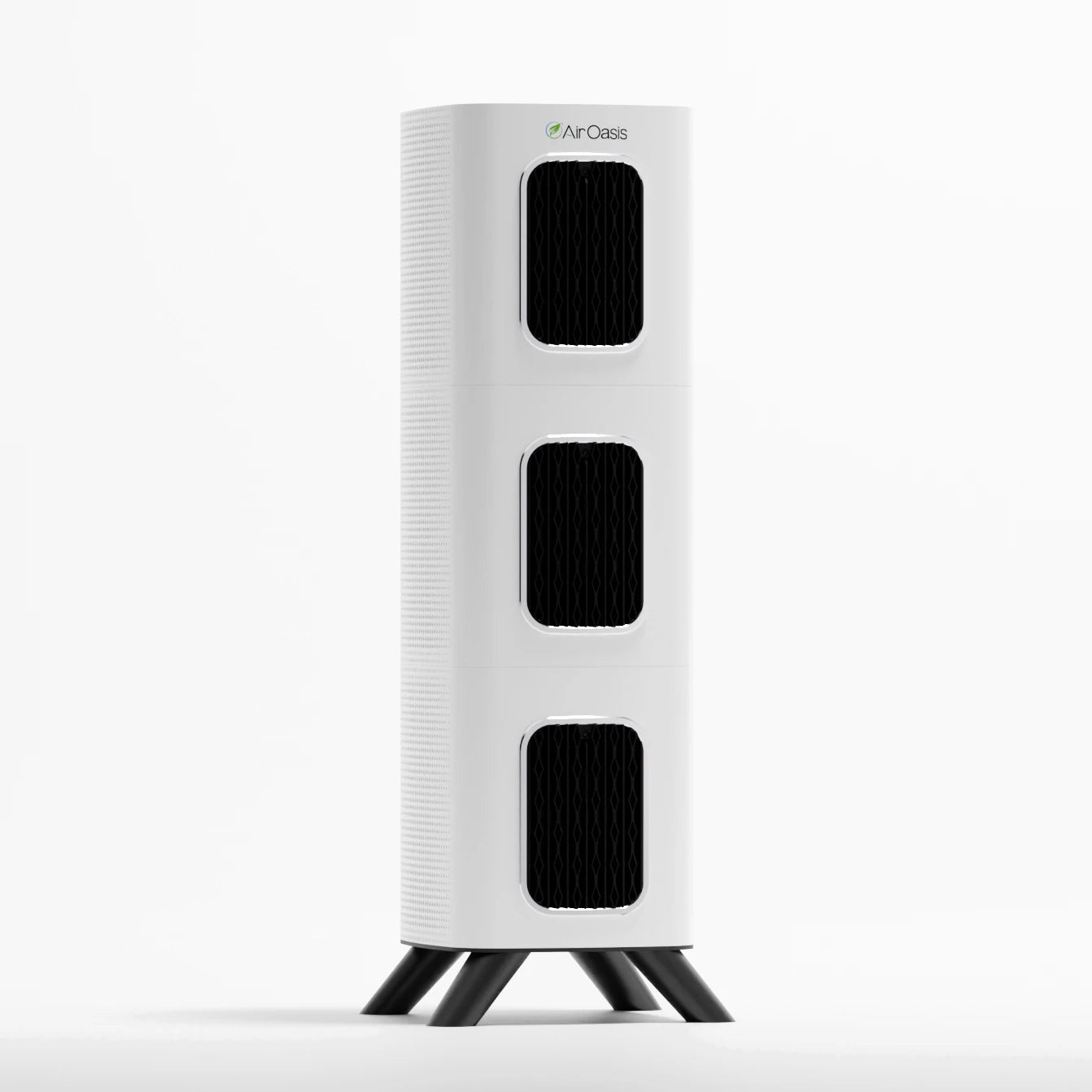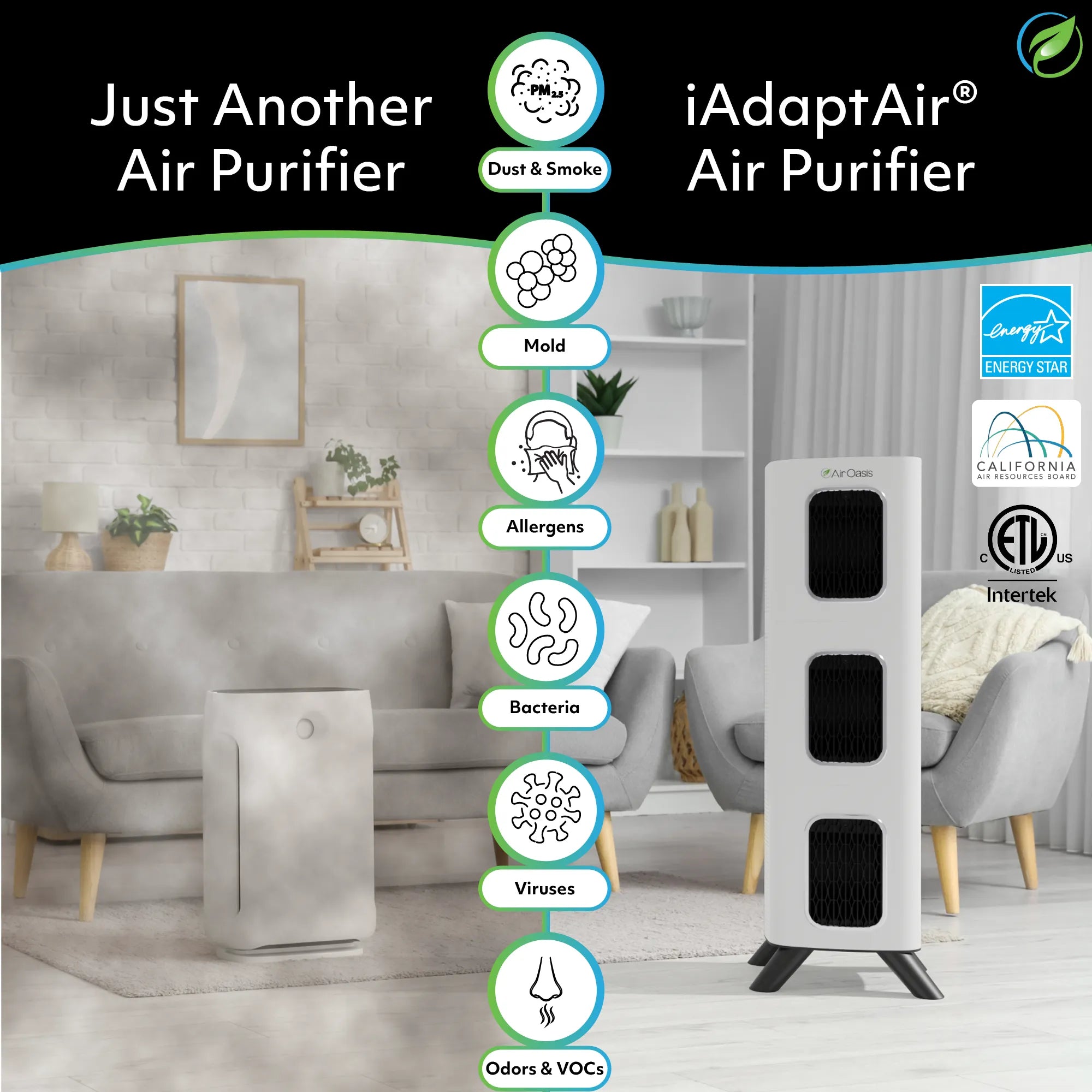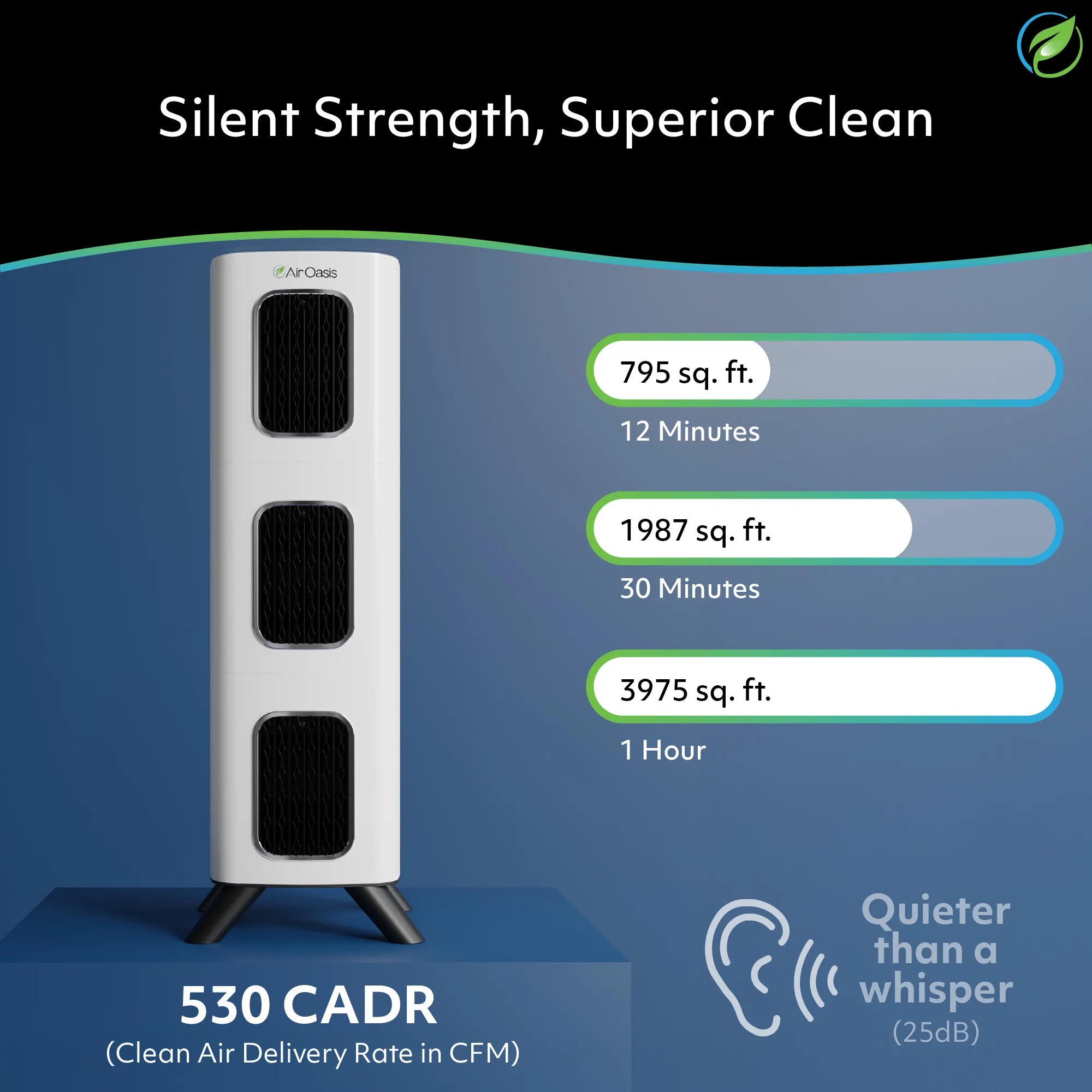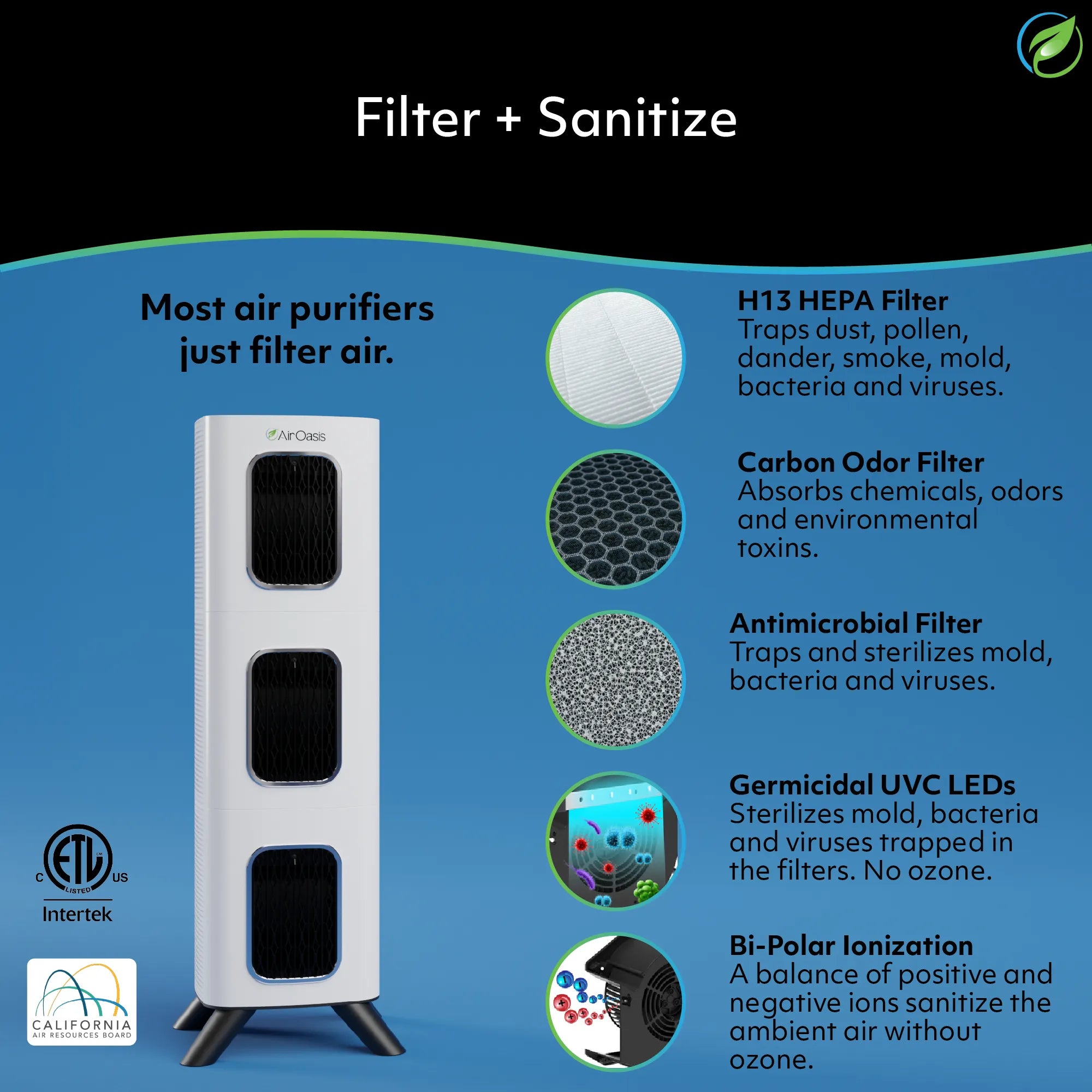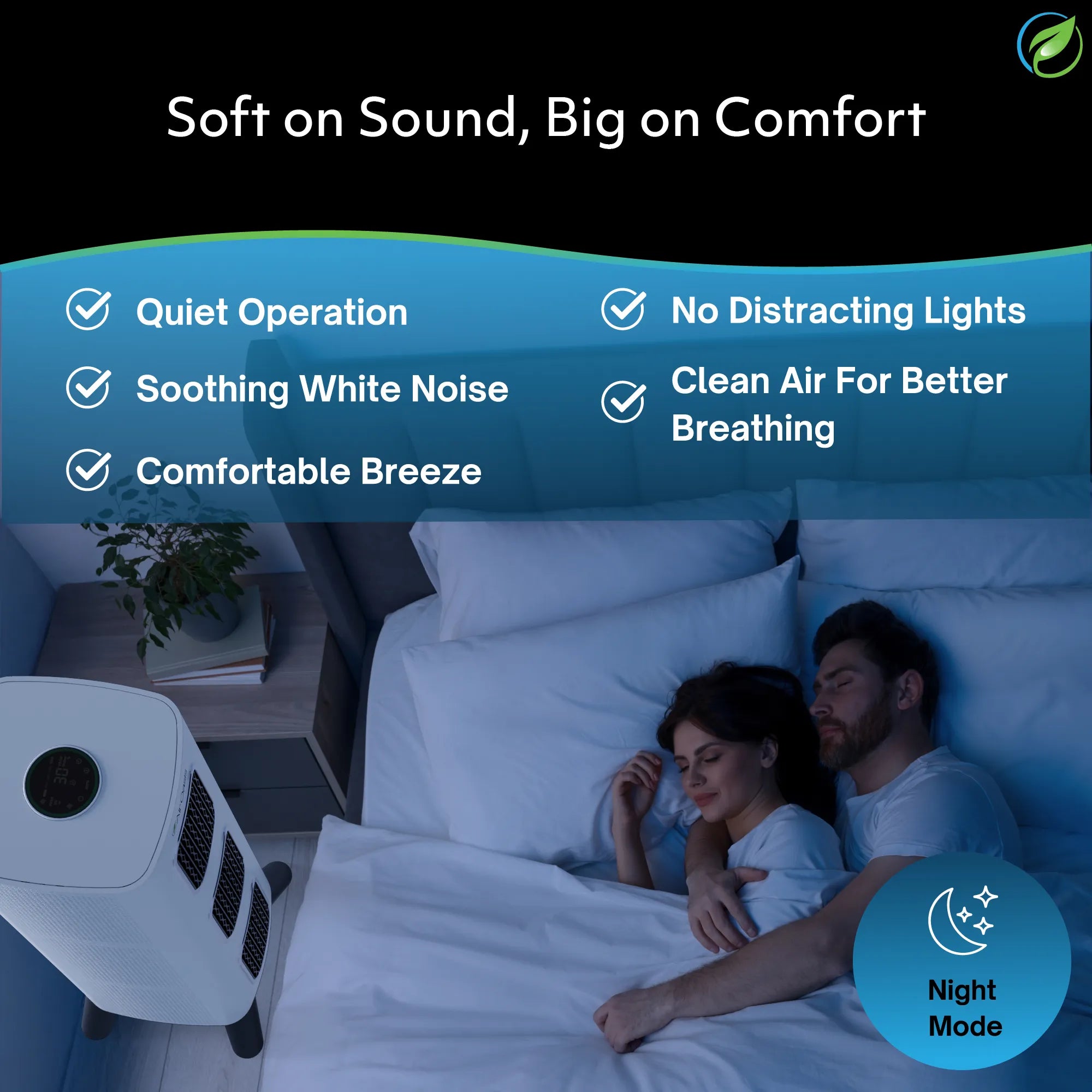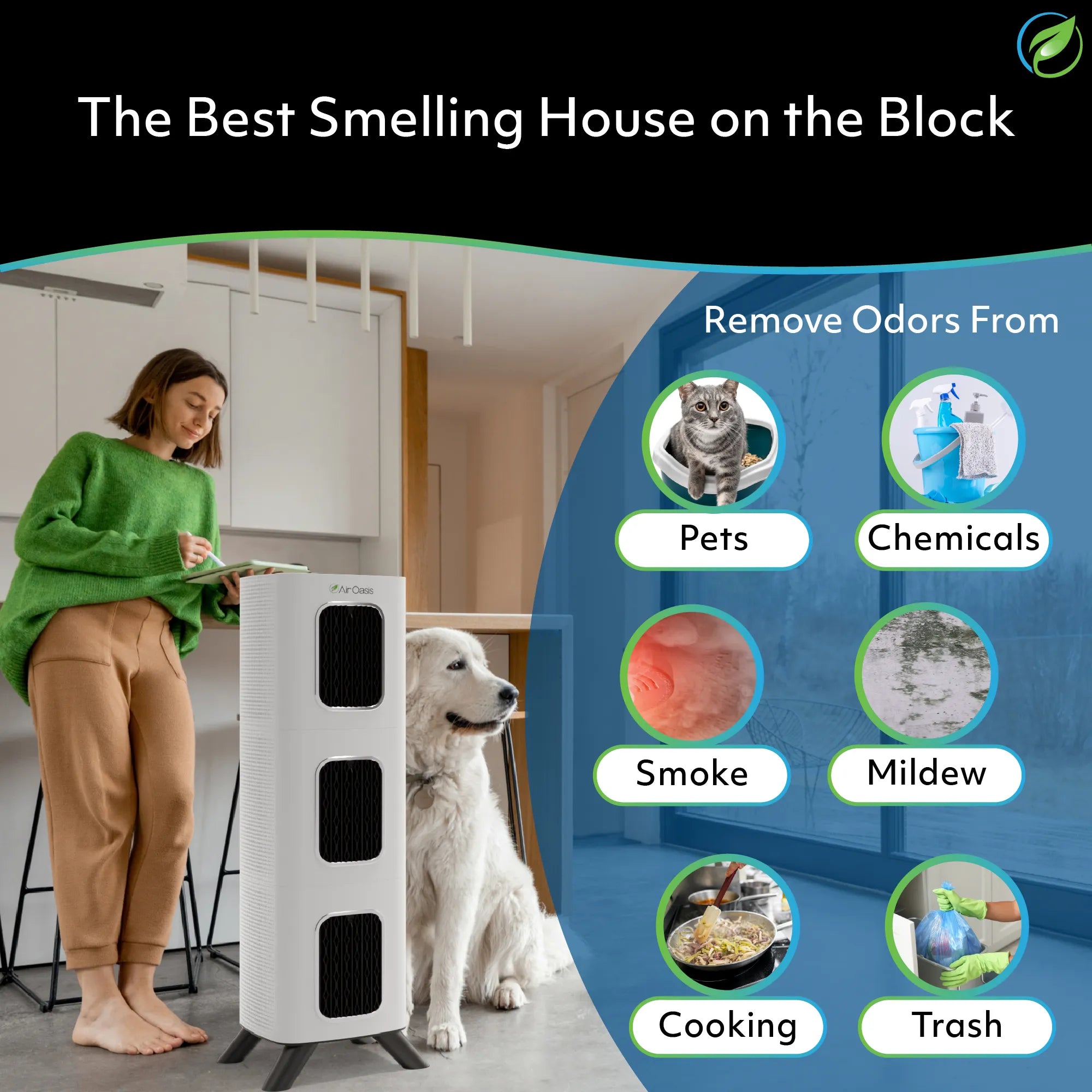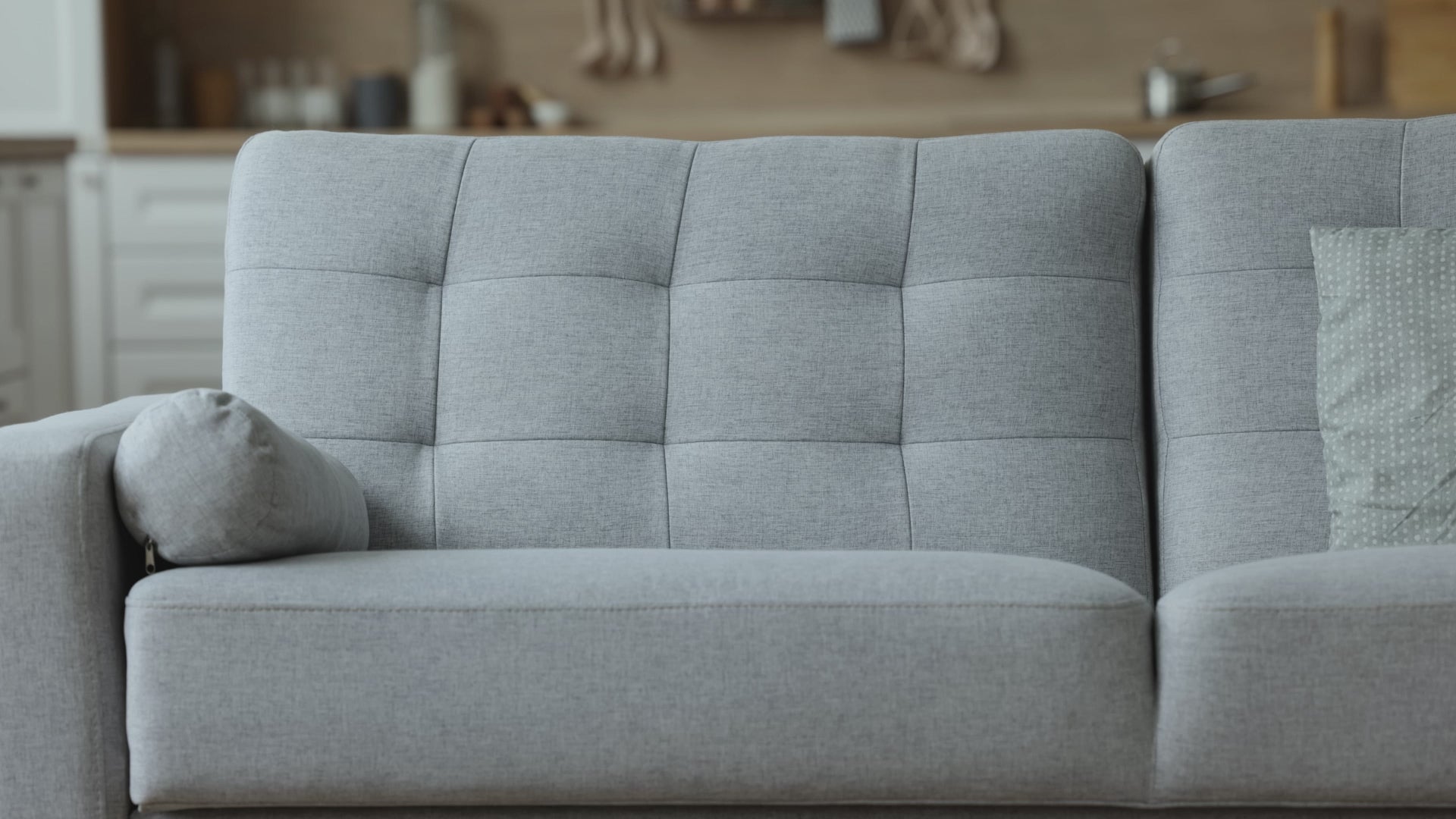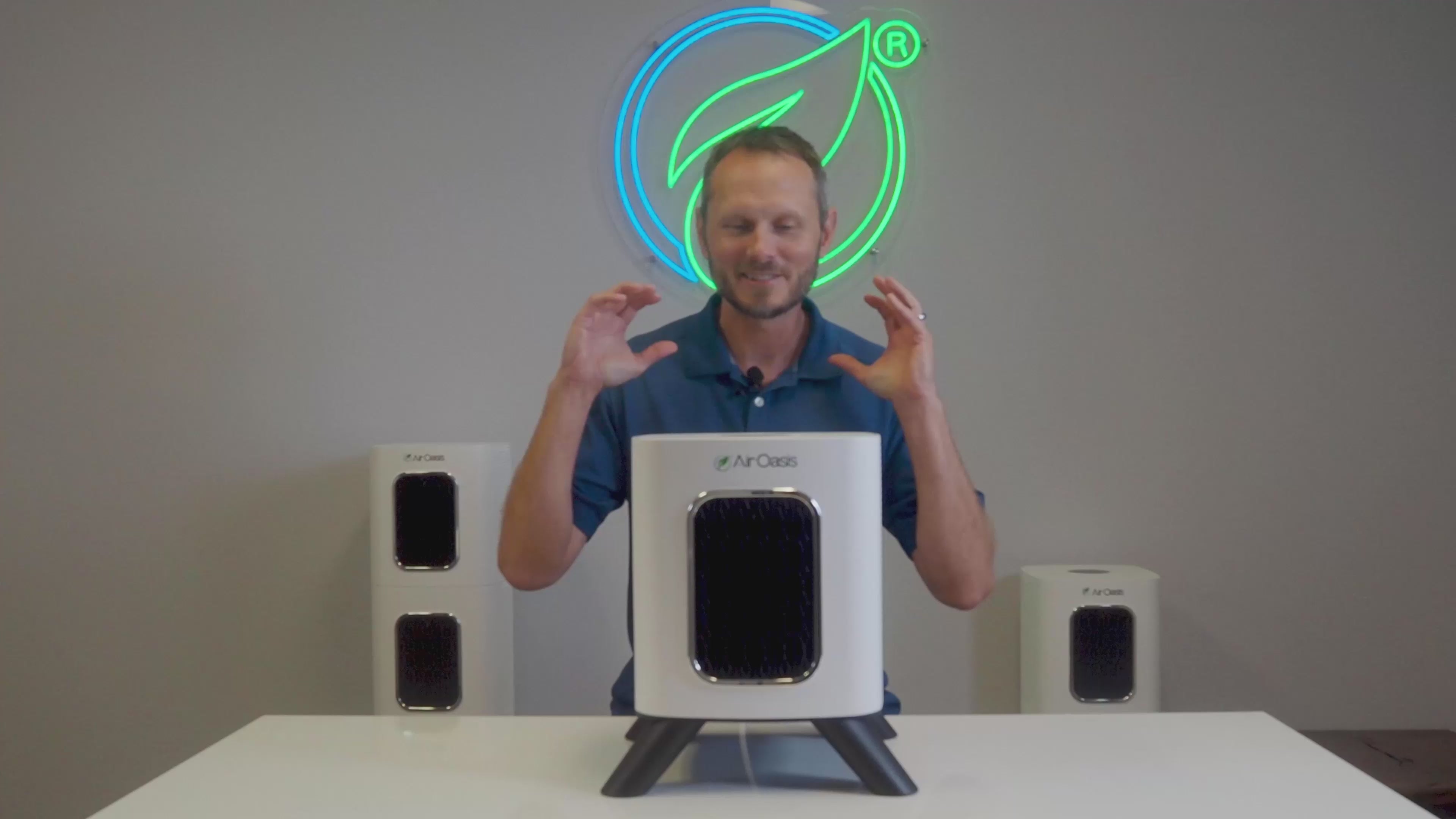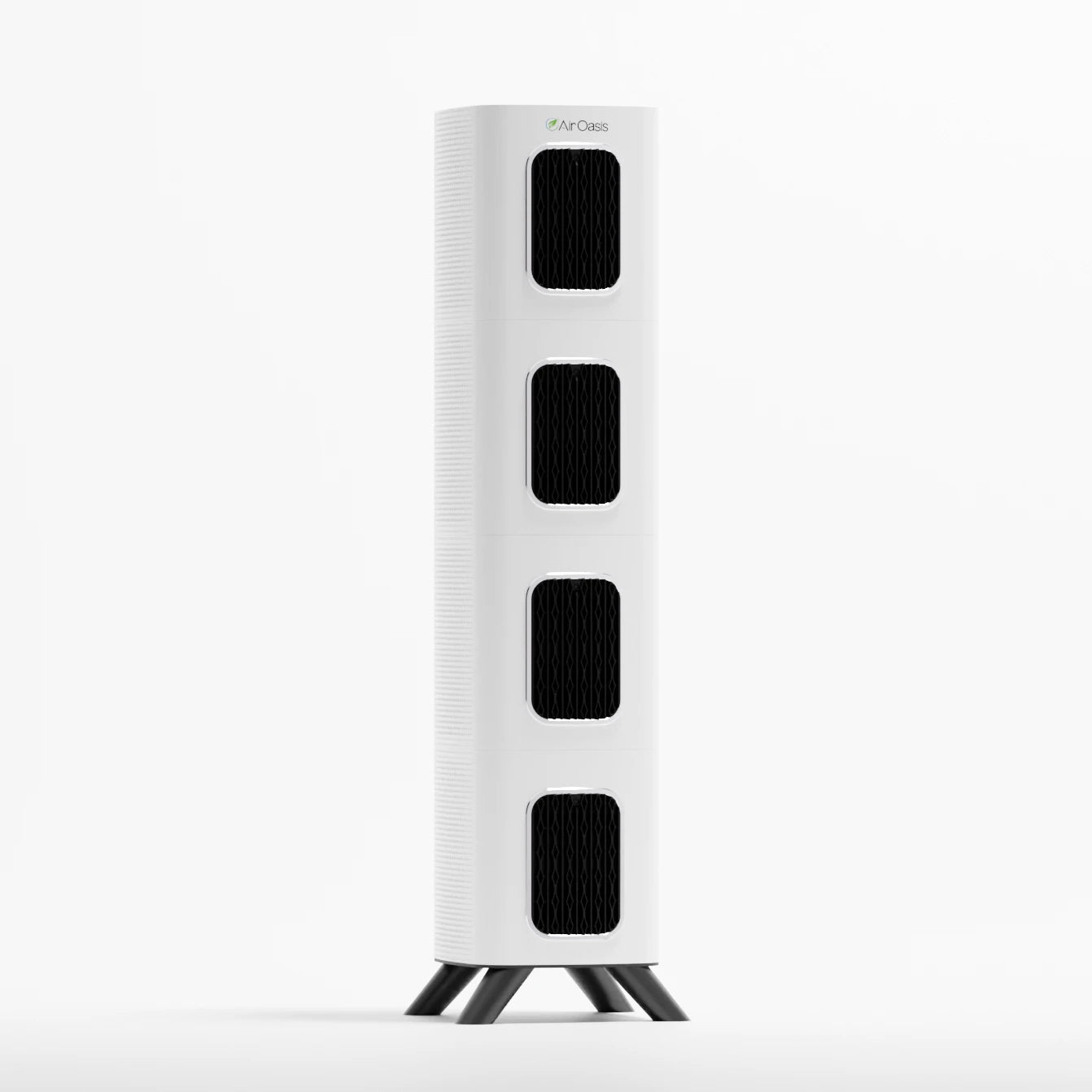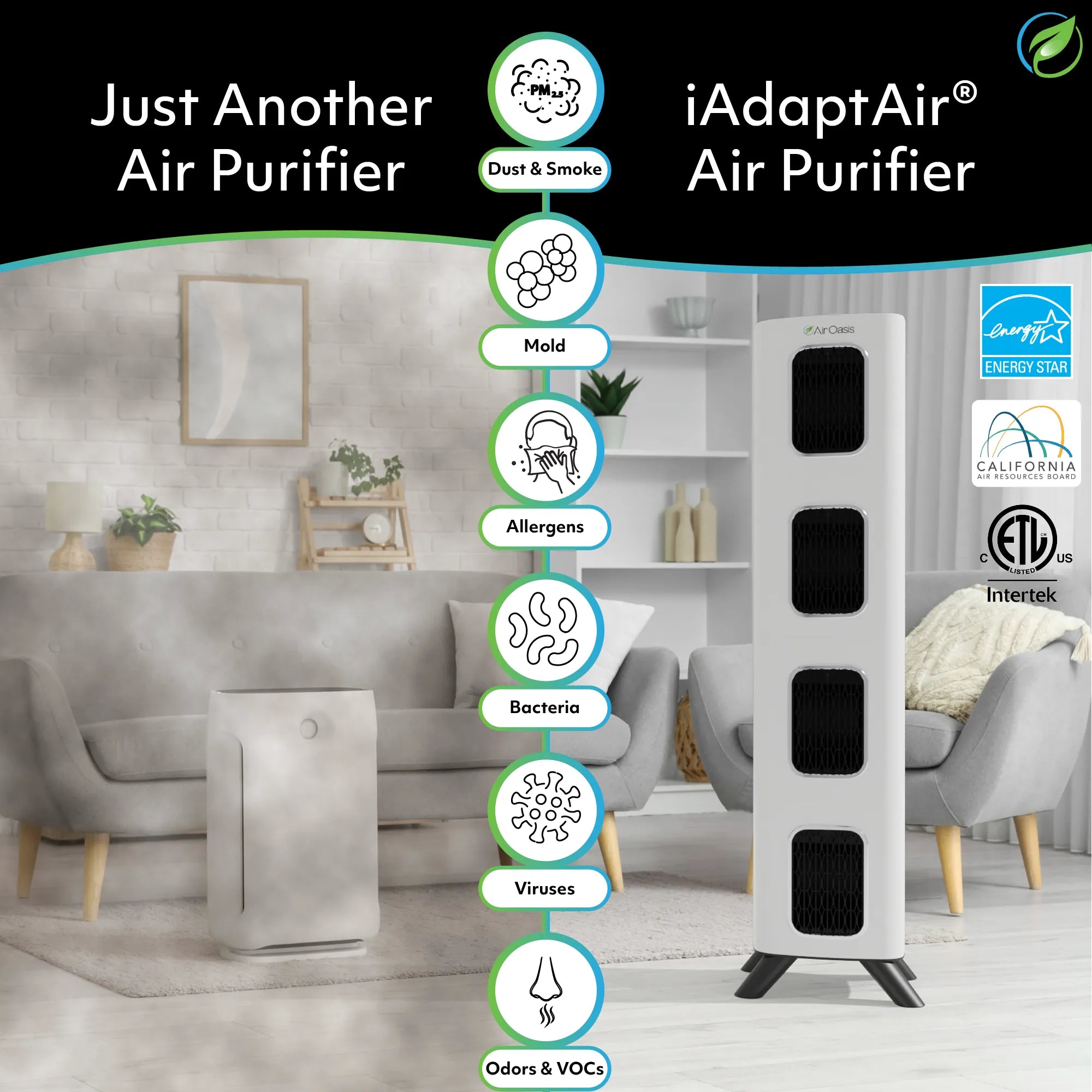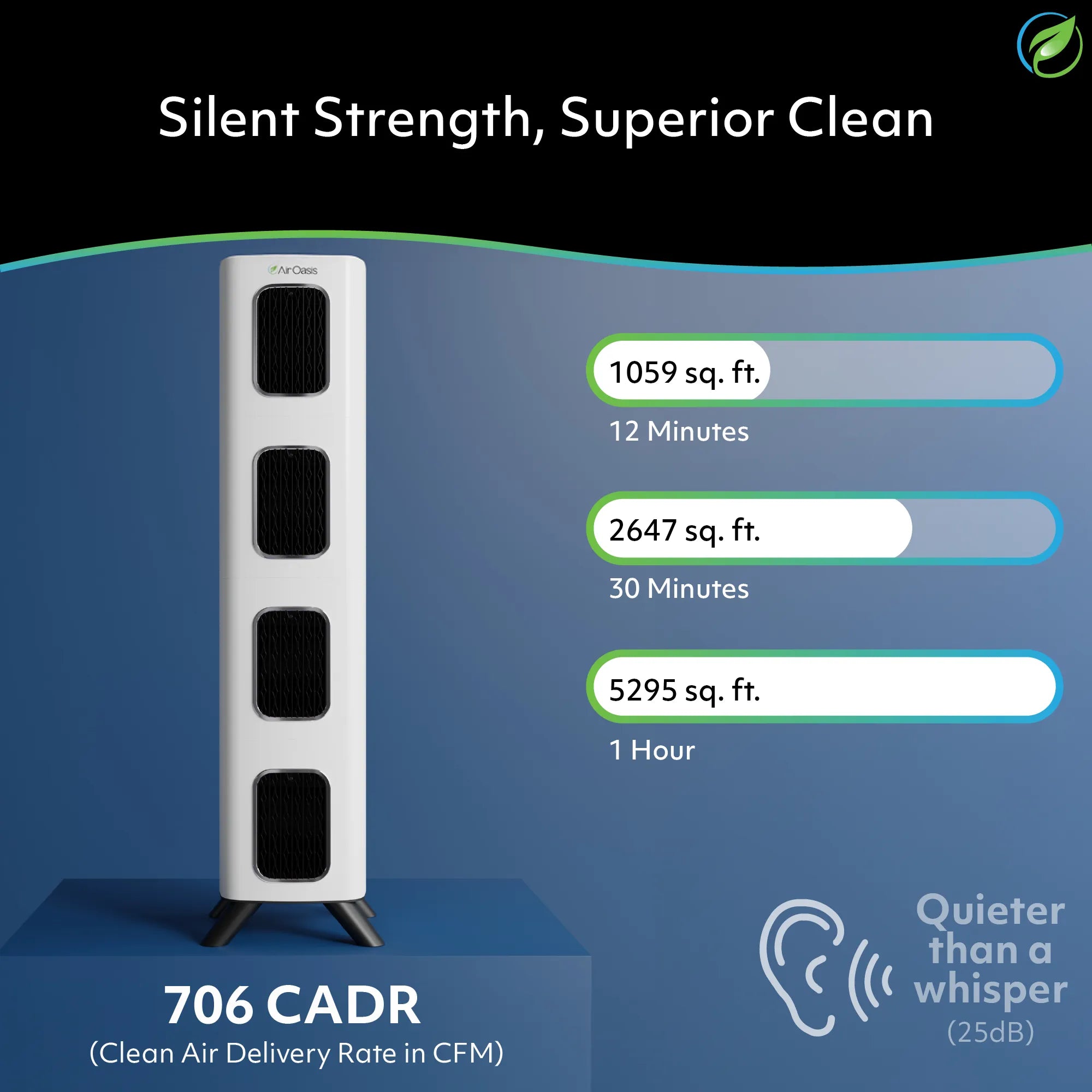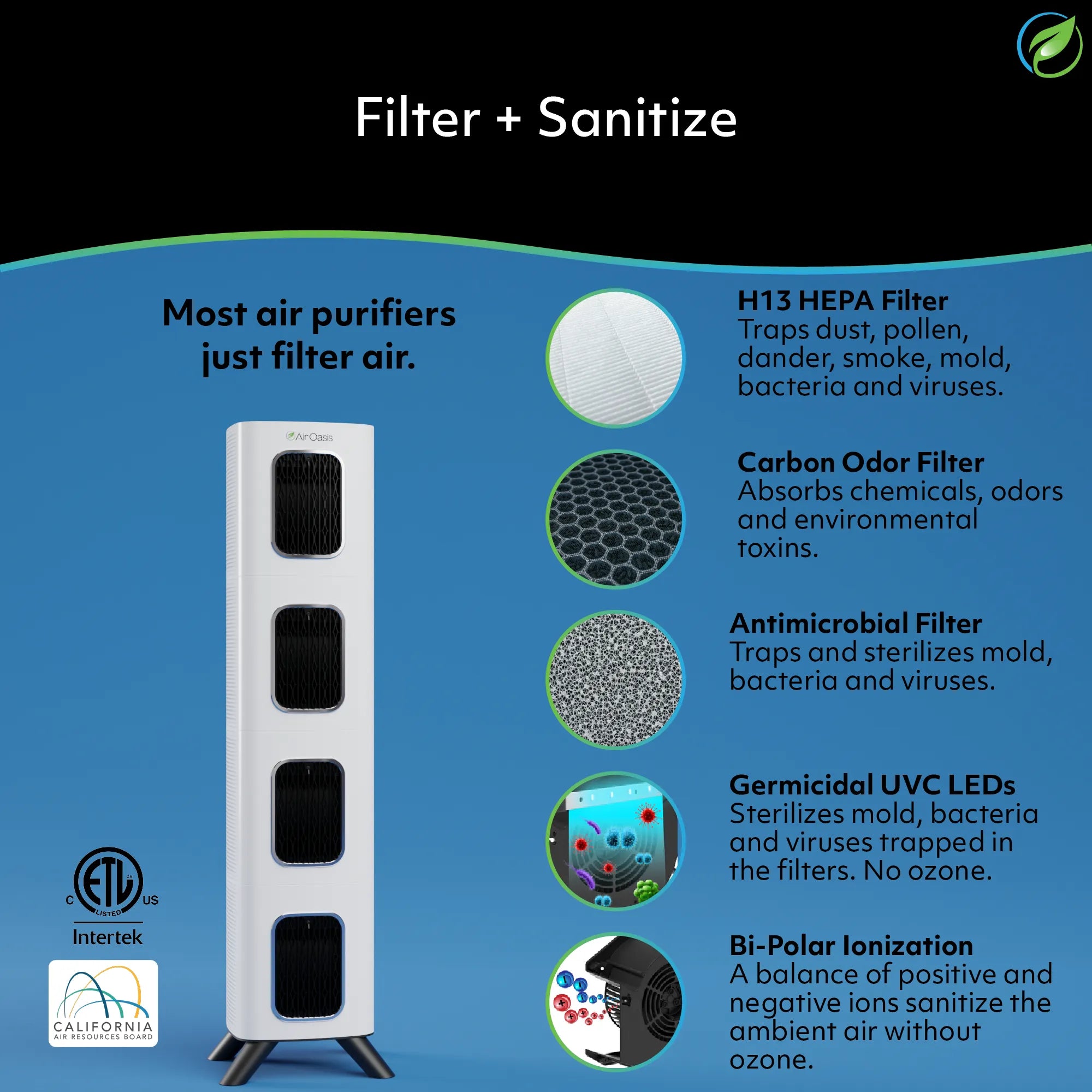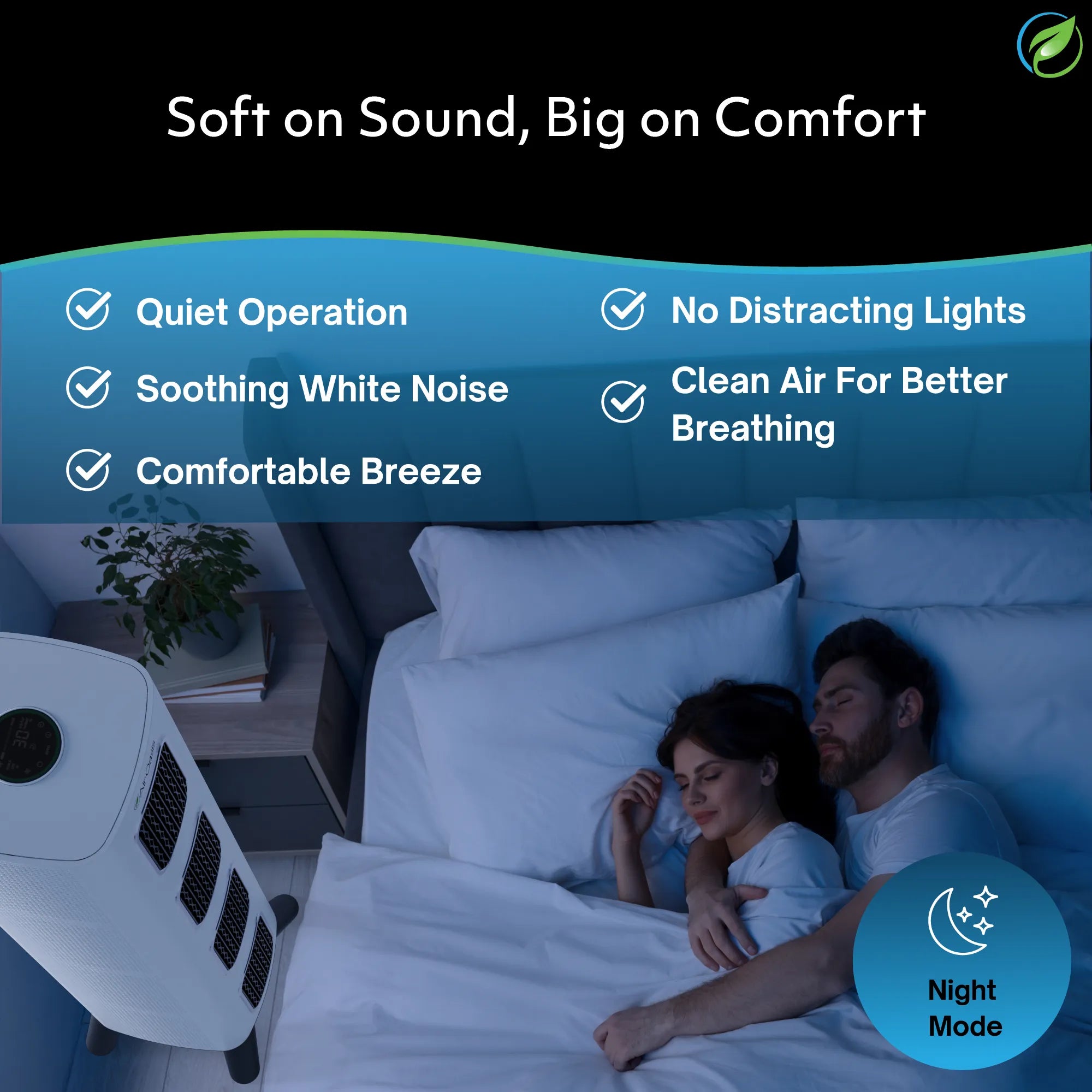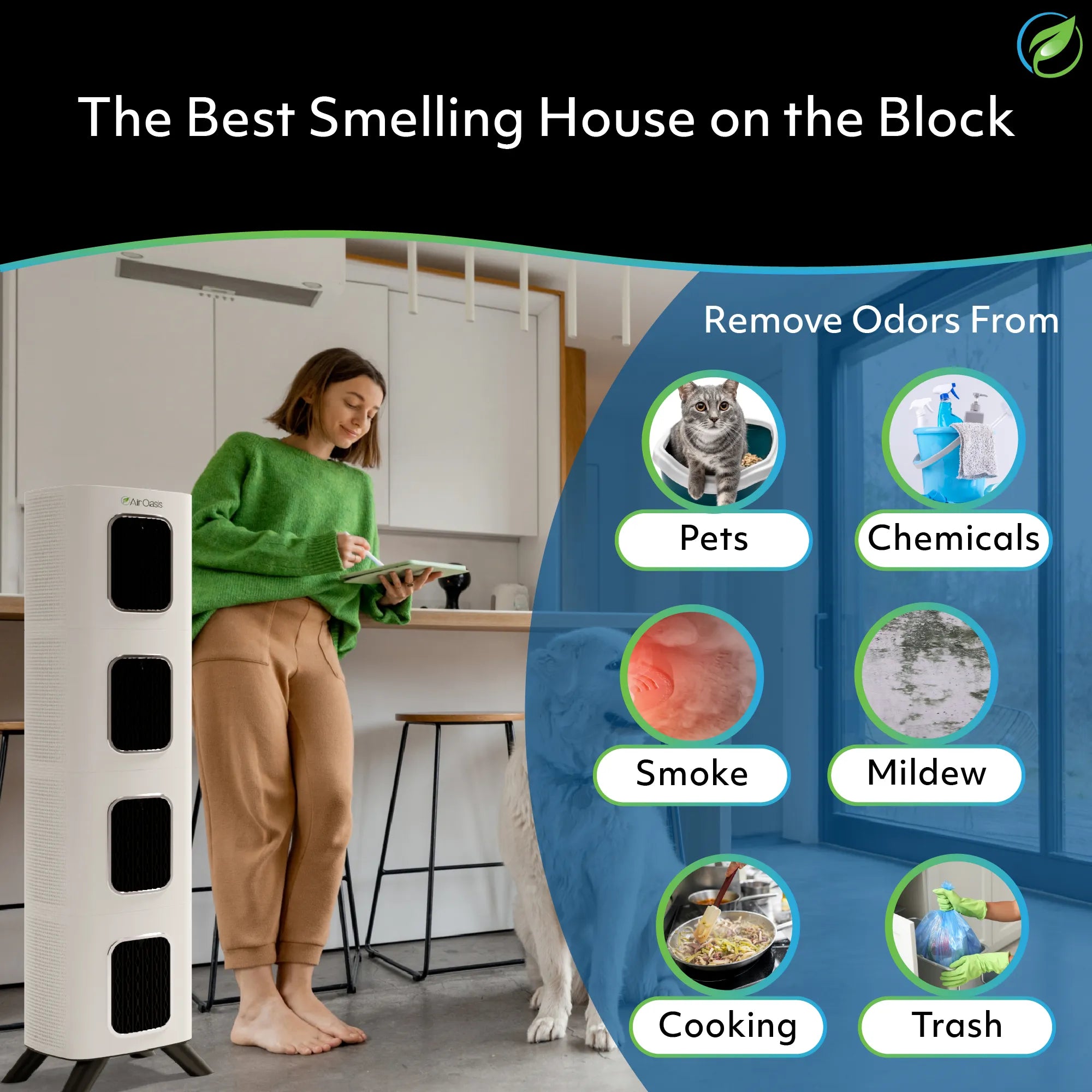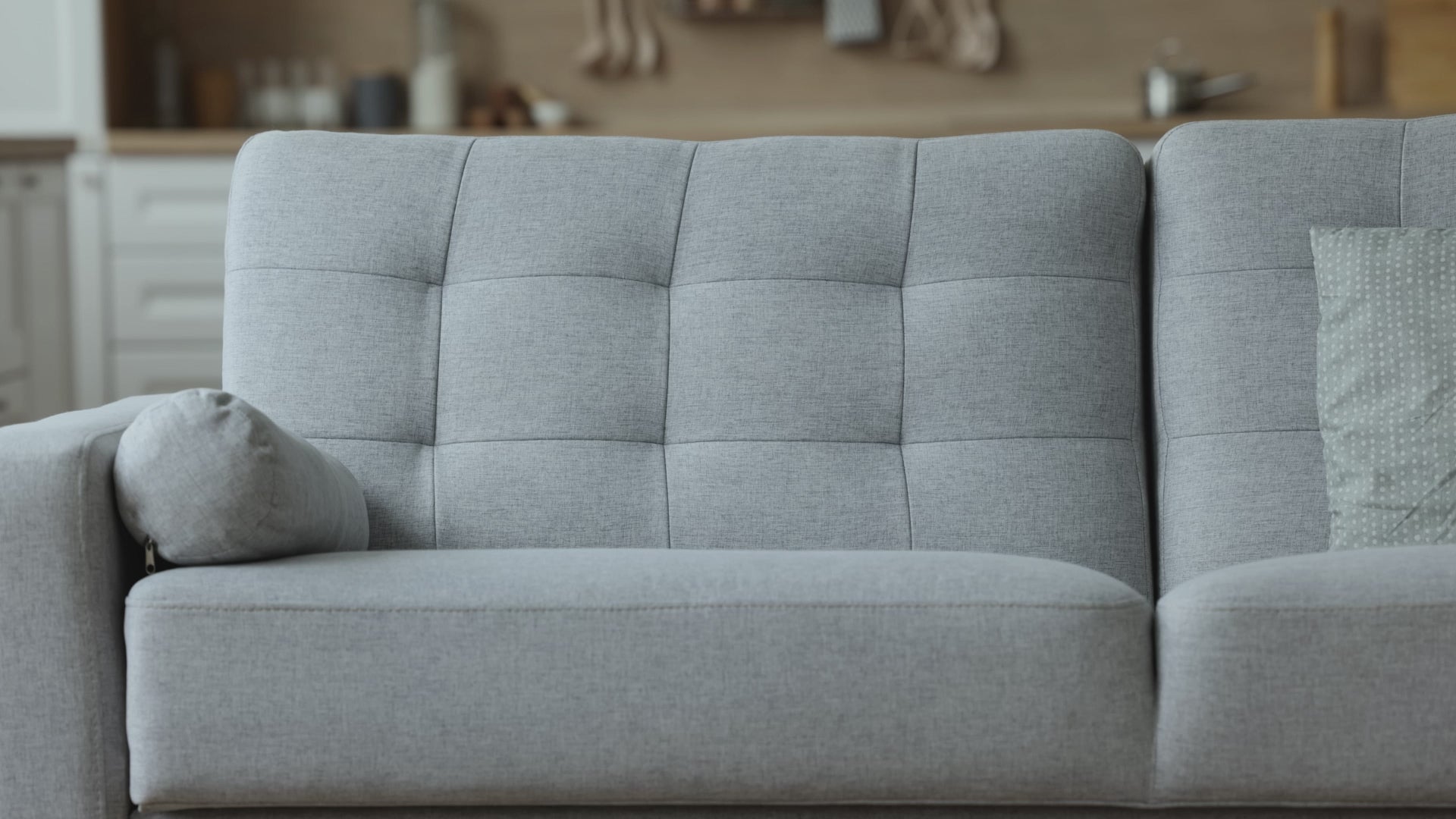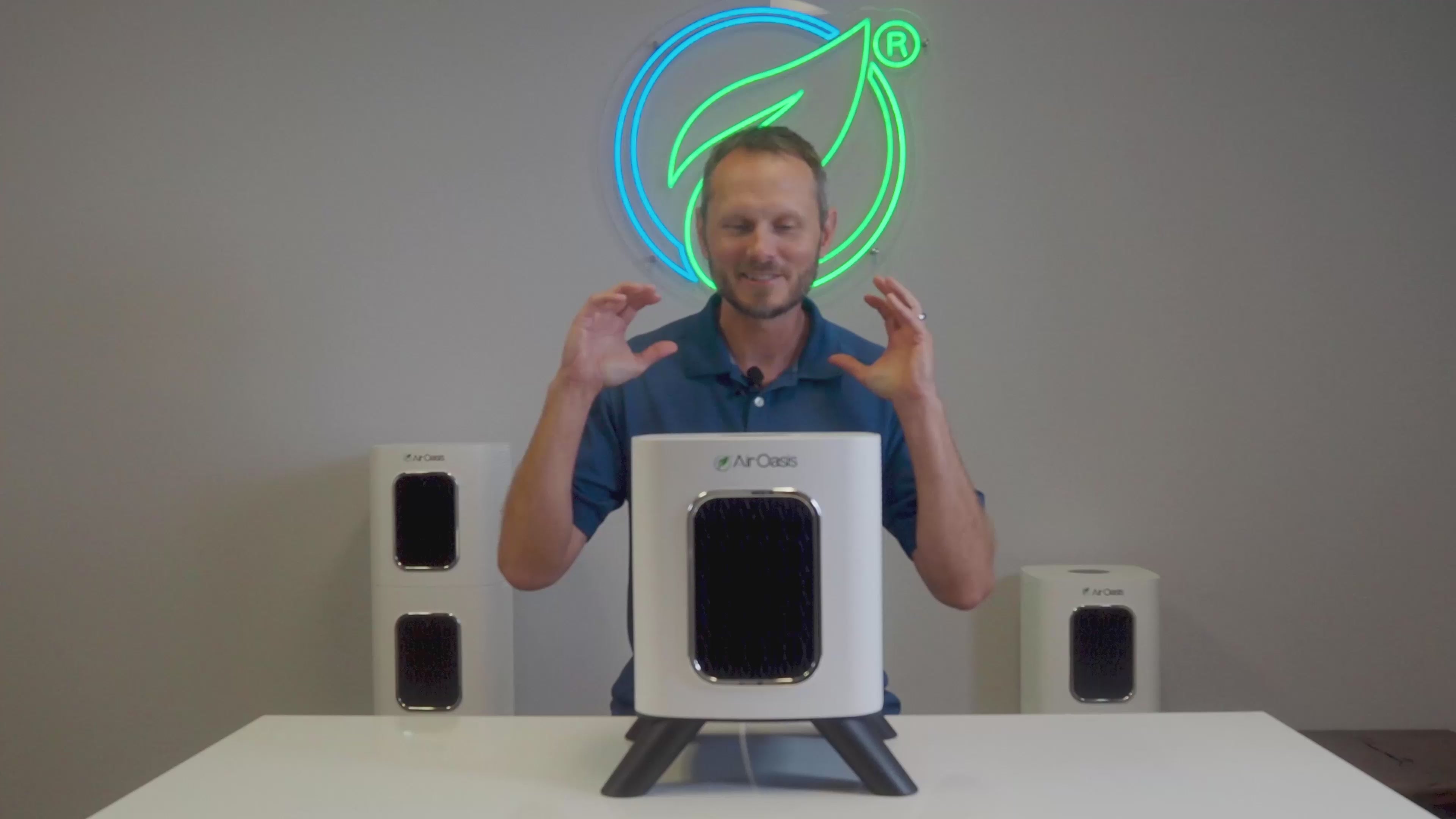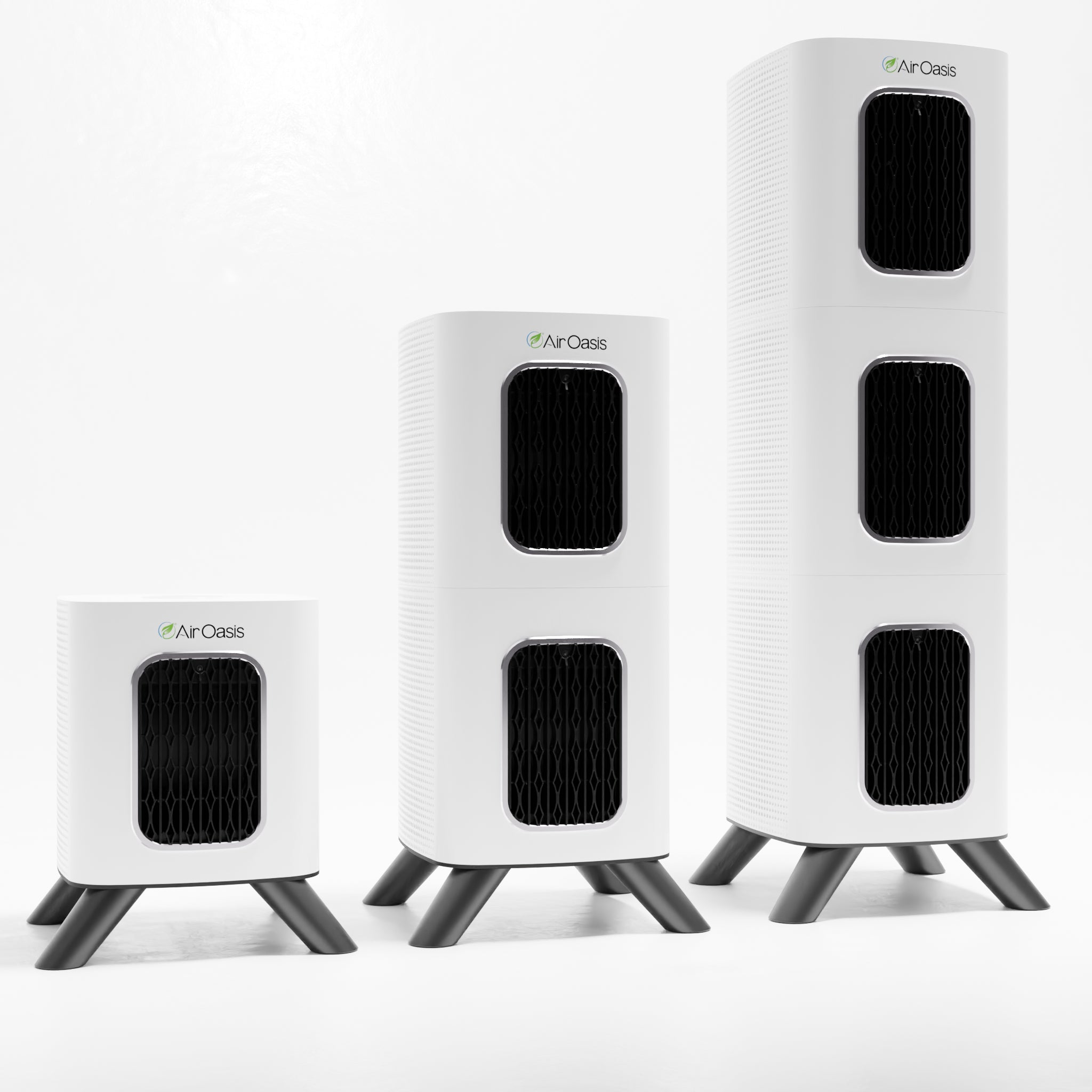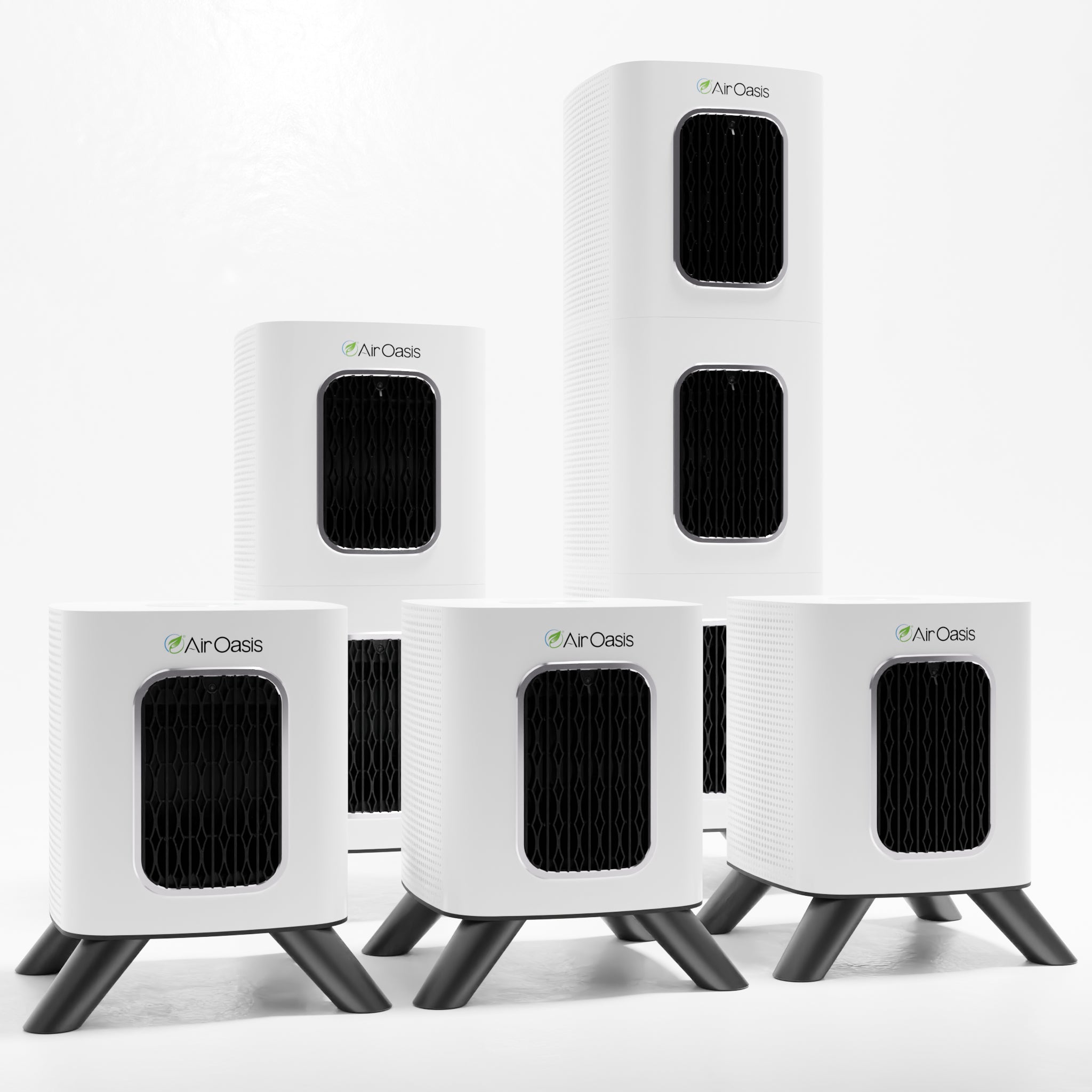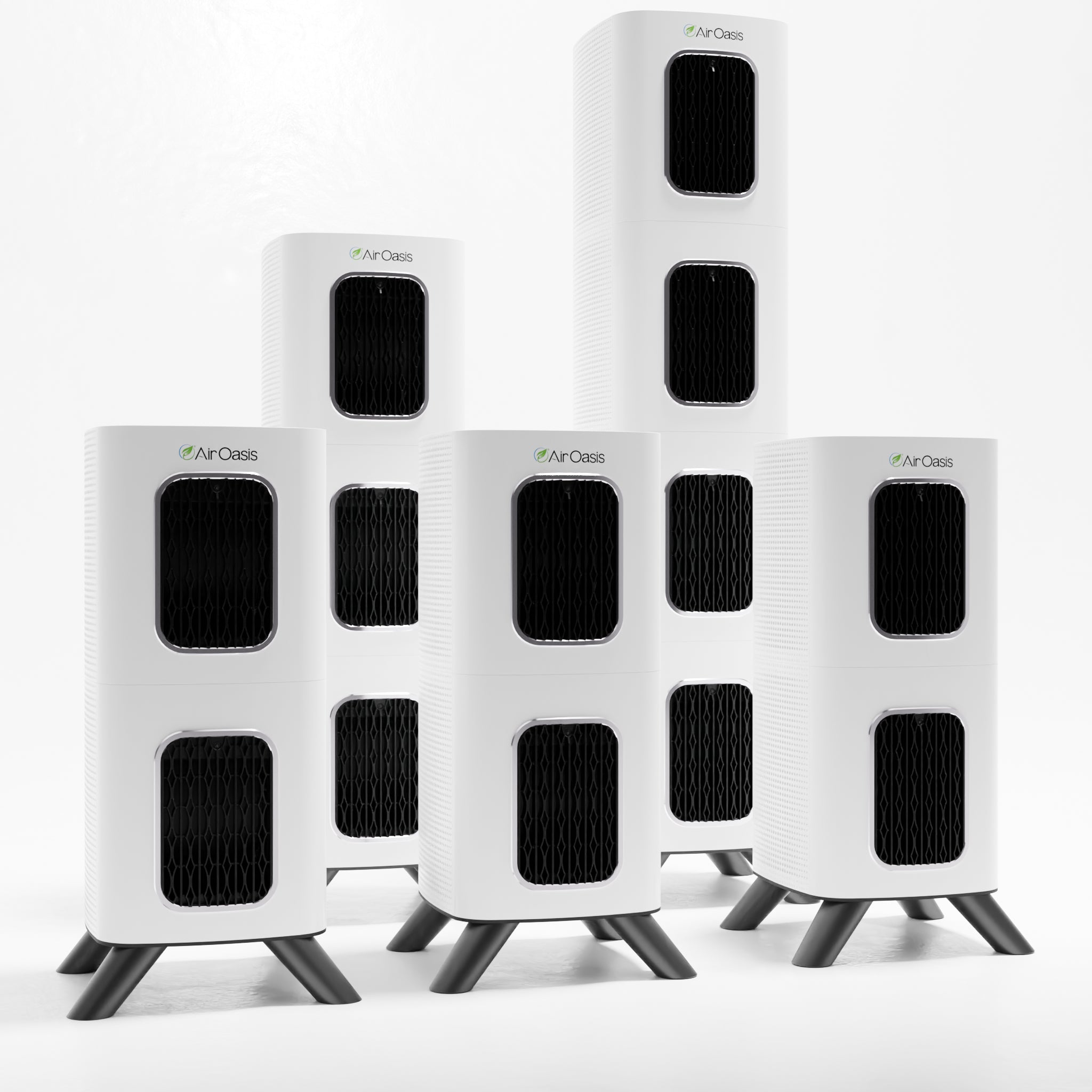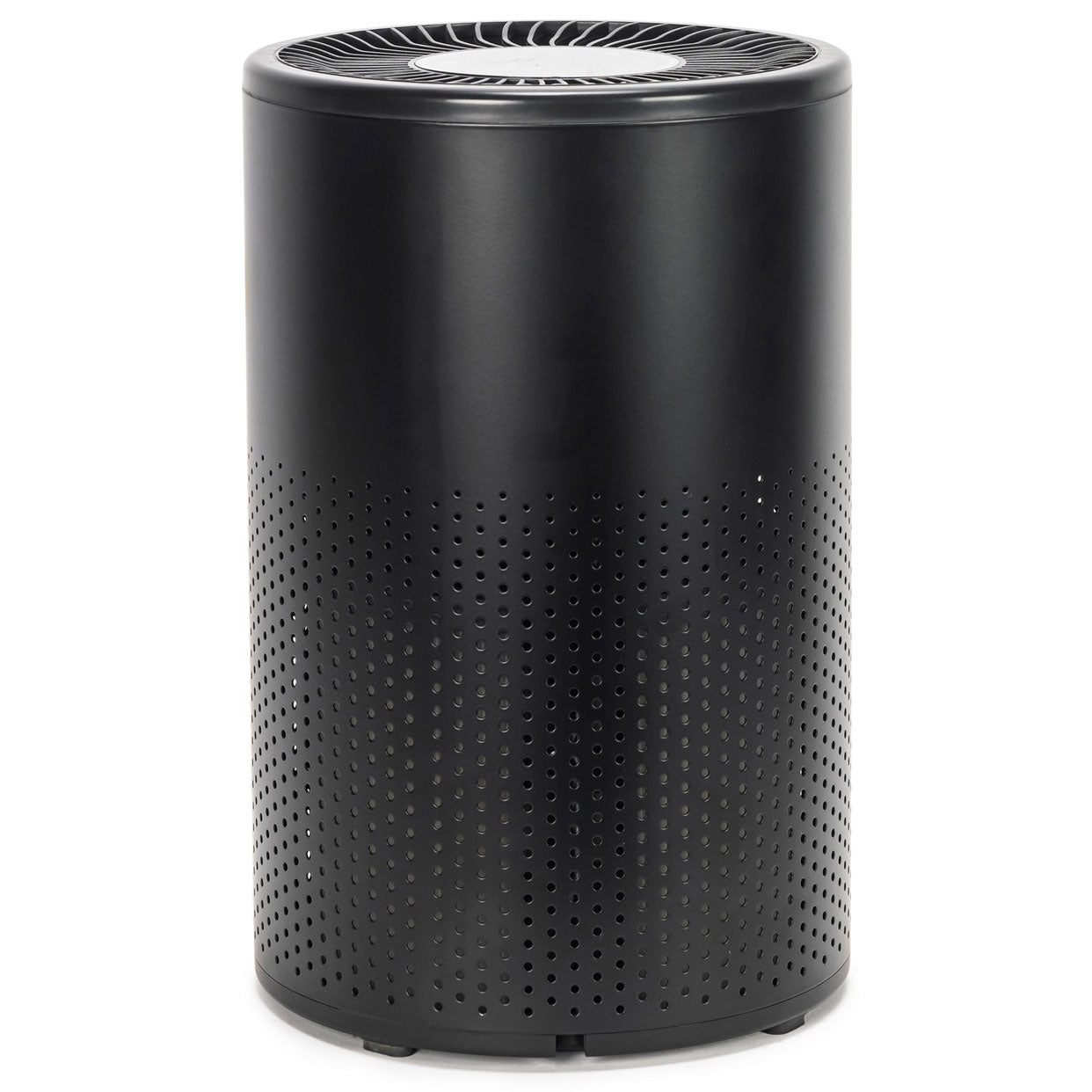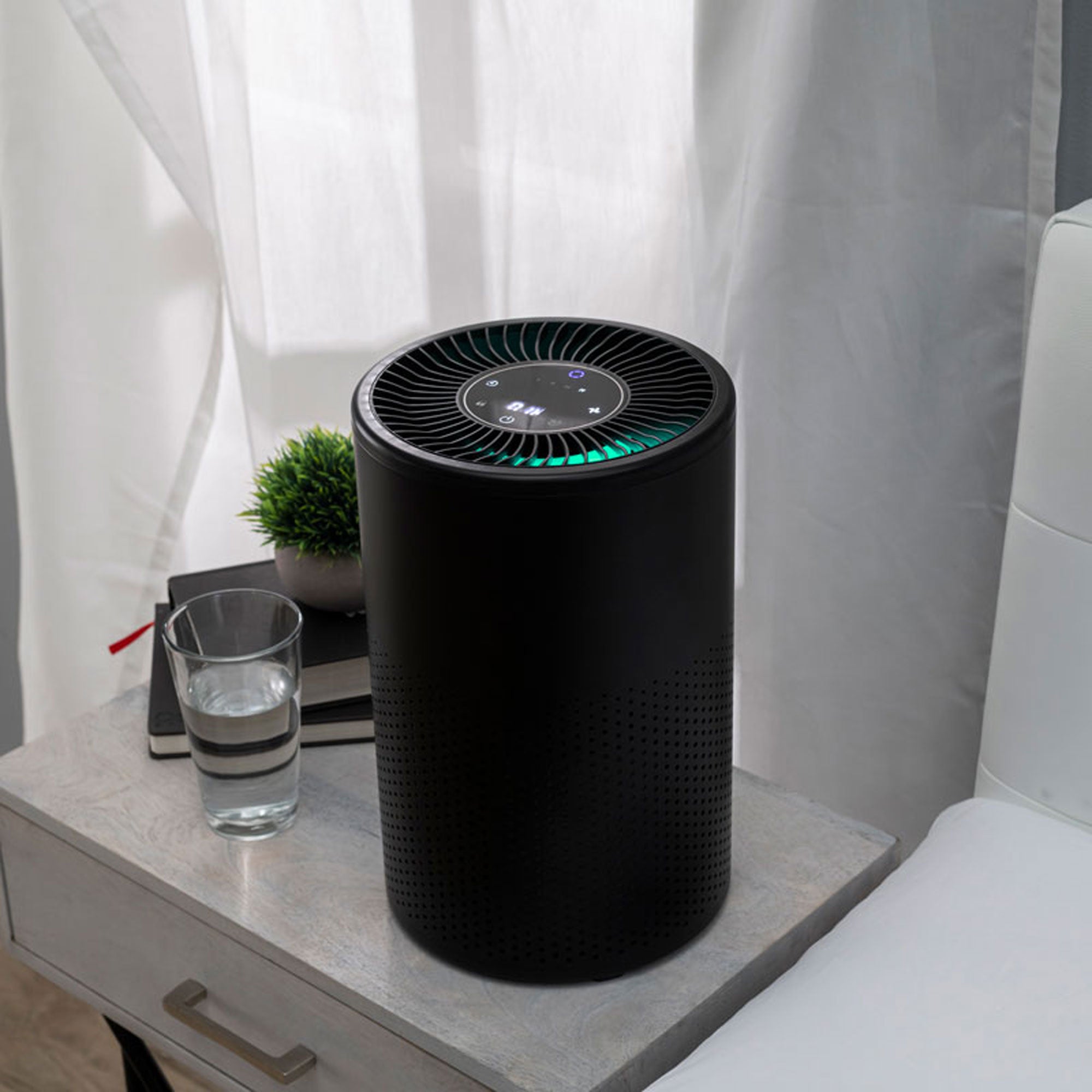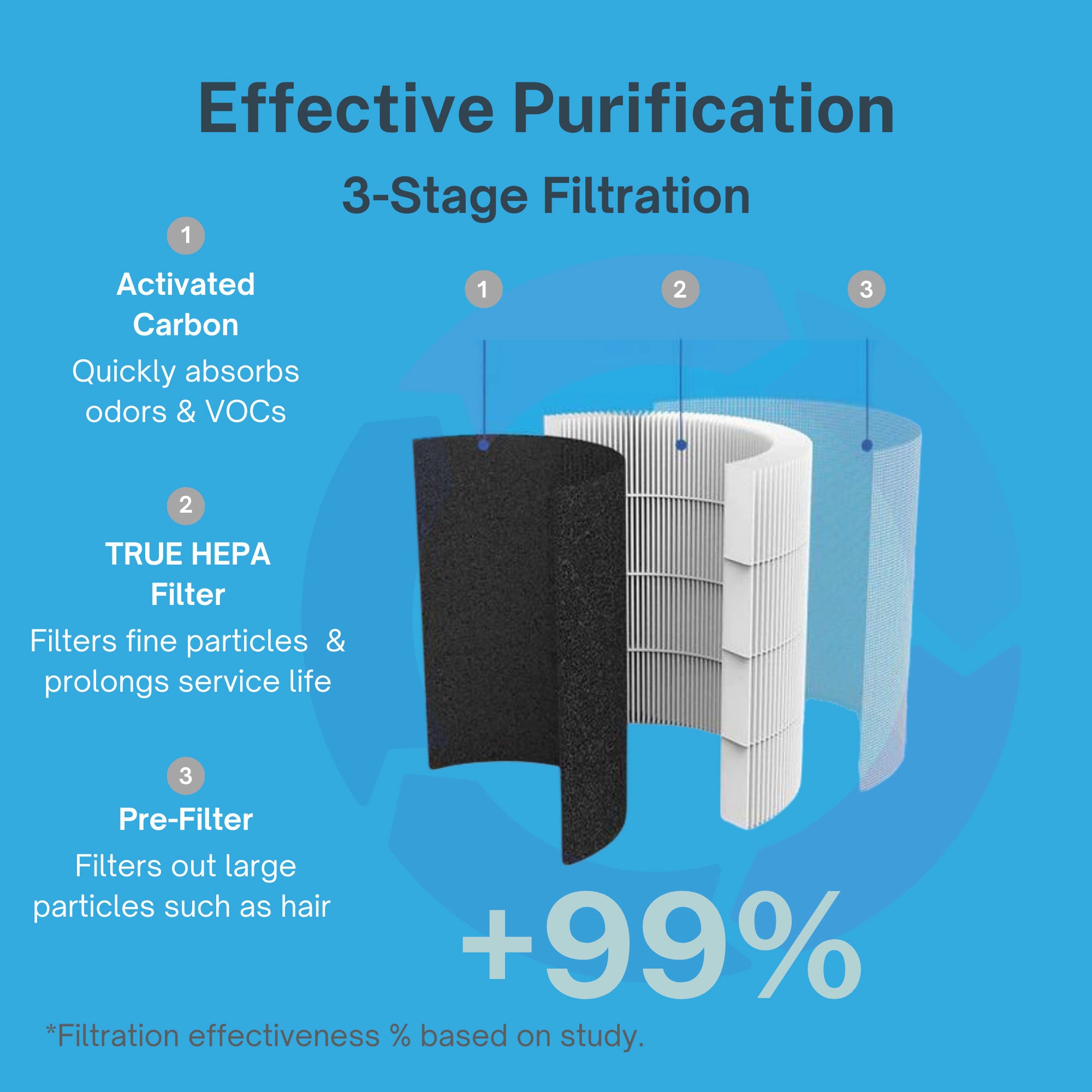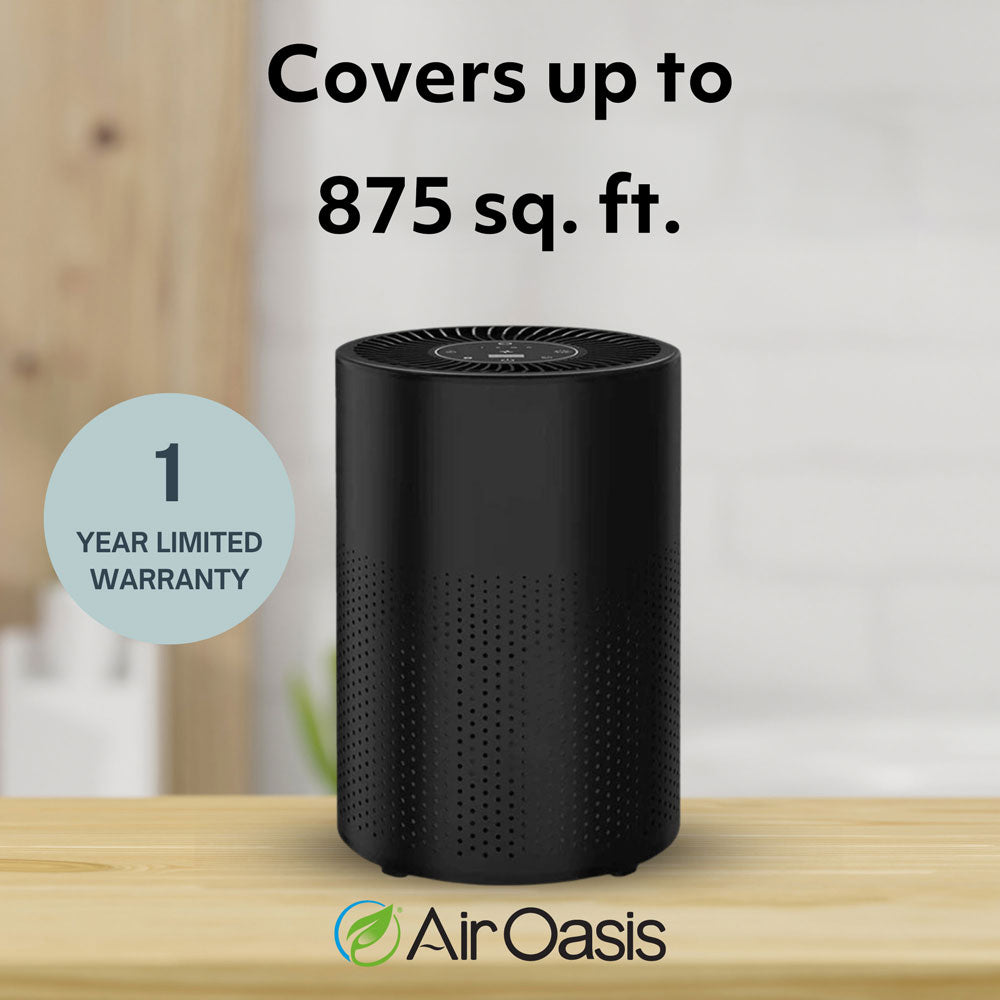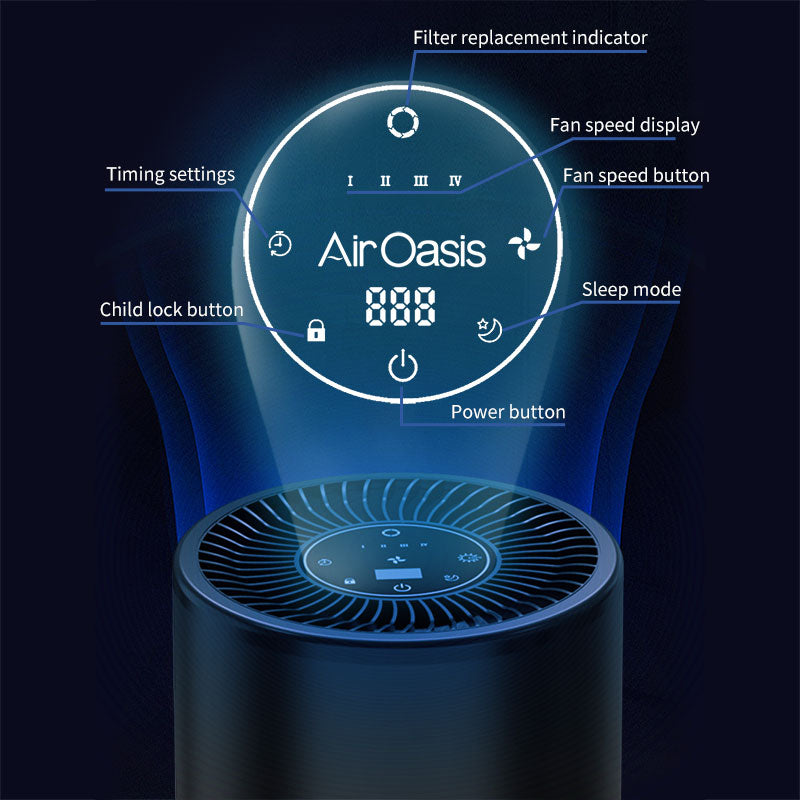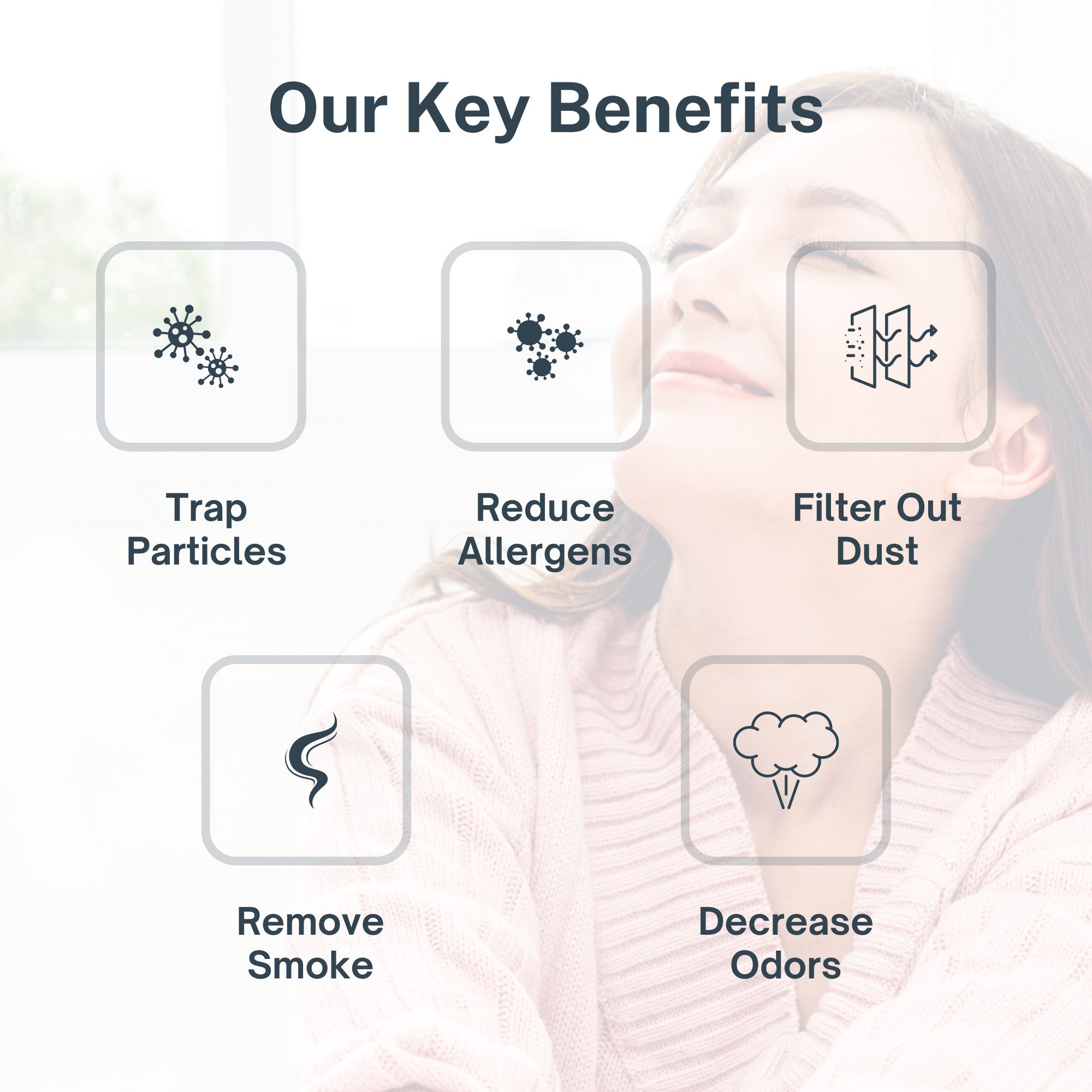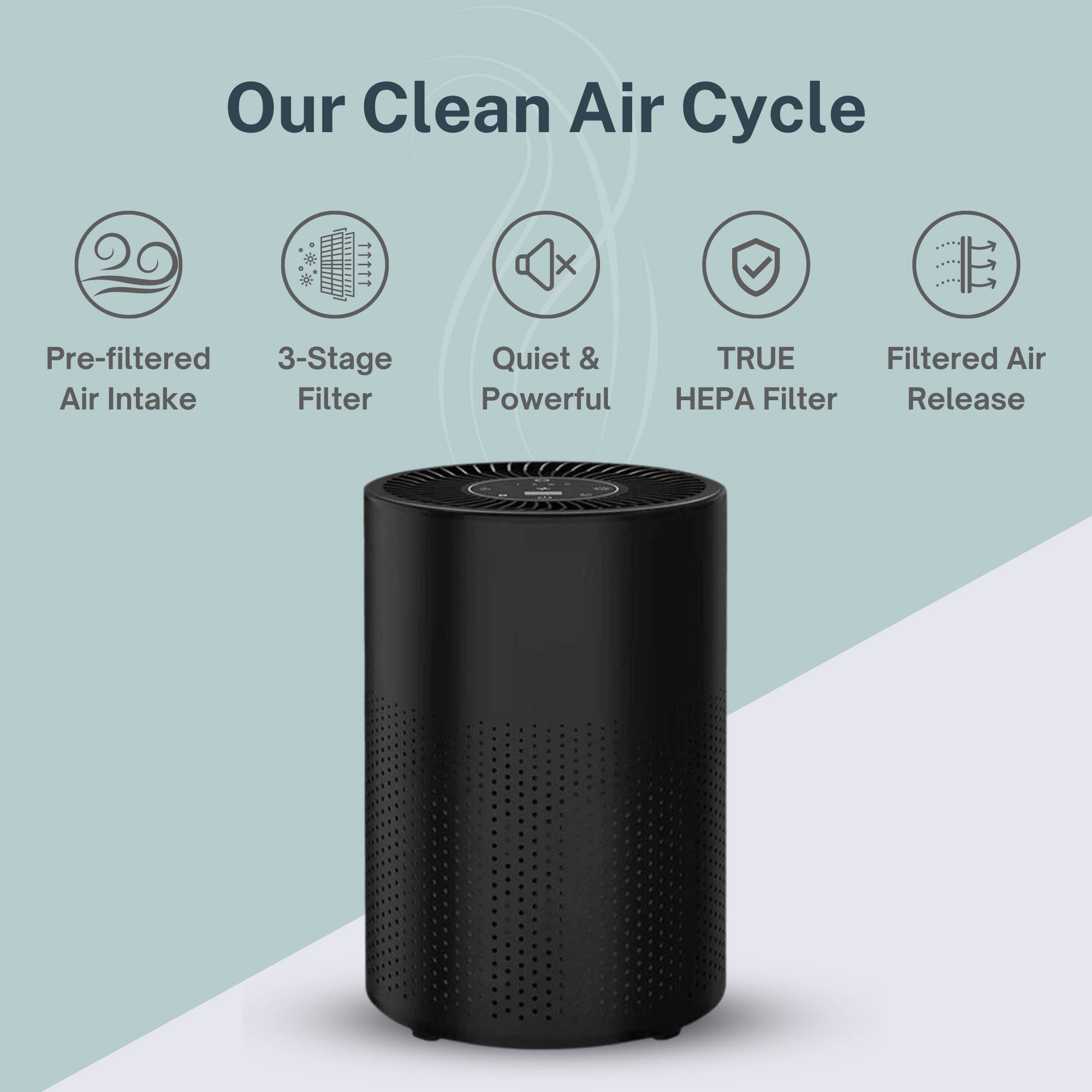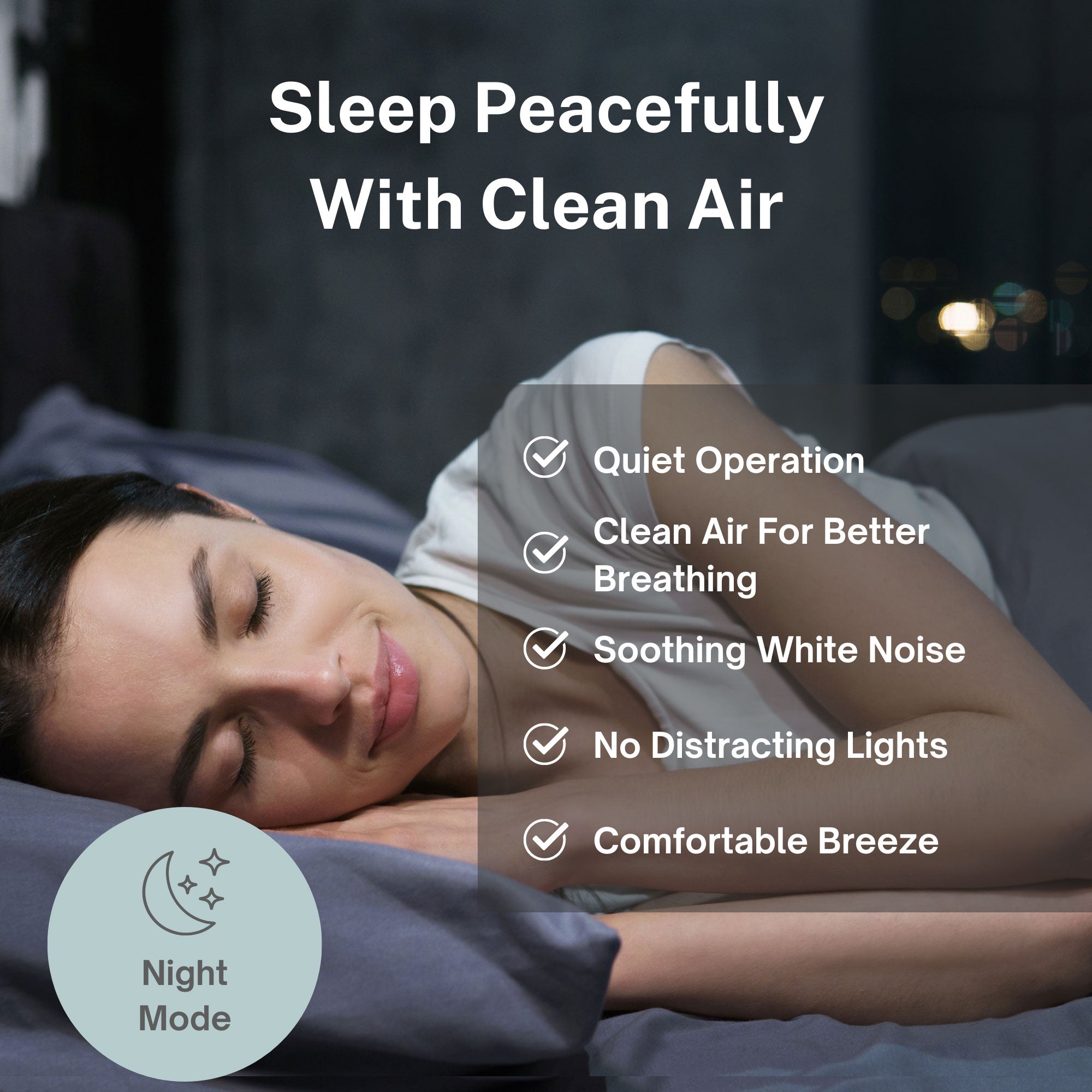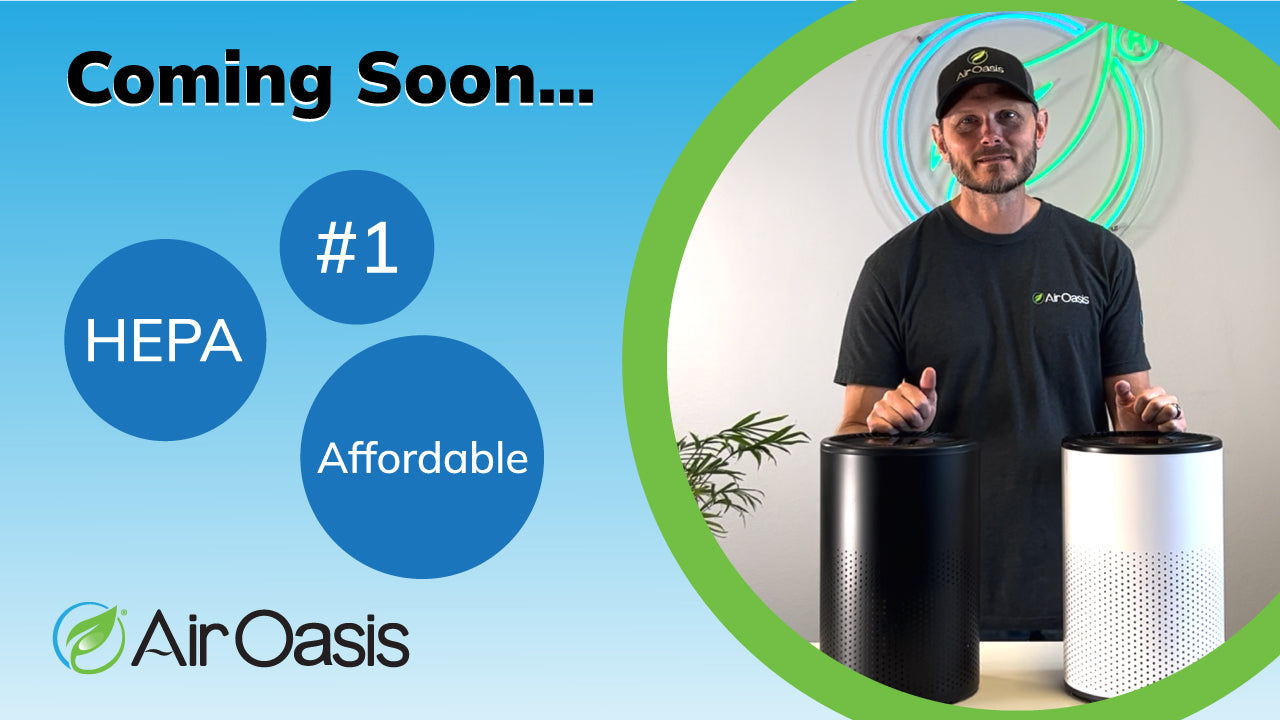For years, individuals suffering from Chronic Inflammatory Response Syndrome (CIRS) and other mold-related health conditions have faced significant challenges in obtaining accurate diagnoses. The complexity of mold illness, combined with limited diagnostic tools, has left many patients struggling to prove the connection between their symptoms and mold exposure. Now, a breakthrough blood test developed at Stanford Medicine offers new hope for clearer, faster mold disease diagnosis—though its current applications focus specifically on invasive fungal infections in immunocompromised patients.
This development represents a significant step forward in mold-related healthcare, particularly for those whose compromised immune systems make traditional diagnostic procedures too risky. While this specific test targets invasive mold infections rather than the broader spectrum of mold sensitivities seen in CIRS patients, it demonstrates the medical community's growing recognition of mold as a serious health concern requiring advanced diagnostic approaches.
Understanding the Scope and Limitations of the New Blood Test
Stanford Medicine's innovative blood test, published in the journal Clinical Infectious Diseases, specifically targets invasive mold disease in immunocompromised patients. According to the research led by Dr. Niaz Banaei, this condition affects approximately 5-10% of patients with weakened immune systems, including those undergoing chemotherapy or organ transplant recipients taking immunosuppressive medications.
The test works by detecting cell-free DNA fragments from mold that have shed into the bloodstream, using a technique similar to liquid biopsies used in cancer diagnosis. In a study of 506 cases, the blood test showed 88.5% concordance with traditional invasive diagnostic methods, according to Stanford Medicine's published research.
It's crucial to understand that this test is designed for diagnosing serious, life-threatening mold infections deep within body tissues—primarily in the lungs—rather than the environmental mold sensitivities and biotoxin illness that many CIRS patients experience. The test currently focuses on detecting mold DNA in the bloodstream from active infections, not the mycotoxin exposure patterns typically associated with CIRS.
However, this advancement signals important progress in medical recognition of mold-related health issues.
Implications for CIRS and Environmental Mold Illness Patients
While Stanford's blood test doesn't directly address the diagnostic challenges faced by most CIRS patients, it represents meaningful progress in several important ways. First, it validates the medical community's growing understanding that mold can cause serious, measurable health effects requiring sophisticated diagnostic approaches.
For CIRS patients, who often struggle with environmental mold sensitivities rather than invasive infections, current diagnosis typically relies on clinical presentation, environmental testing, and specialized laboratory work. Many functional medicine practitioners and CIRS specialists work with patients to identify mold exposure sources and assess inflammatory responses, though standardized diagnostic protocols remain limited.
The Stanford breakthrough may eventually lead to development of blood tests that can detect lower-level mold exposures or mycotoxin presence that affects CIRS patients. Research into biotoxin illness continues to expand, with specialists like those who recommend Air Oasis air purification systems recognizing the importance of comprehensive environmental controls in managing mold sensitivity.
Environmental medicine practitioners emphasize that reducing ongoing mold exposure remains crucial for CIRS recovery. Advanced air purification technology can help create cleaner indoor environments that support healing, regardless of diagnostic test availability.
The Critical Role of Environmental Controls in Mold-Related Health
While medical diagnostics continue advancing, environmental controls remain the cornerstone of protecting health from mold-related illness. For individuals with suspected or diagnosed mold sensitivities, creating a clean indoor environment becomes essential for both prevention and recovery.
Professional-grade air purification systems offer multi-layered protection against airborne mold spores and mycotoxins. The most effective systems combine HEPA filtration, UV-C sterilization, and ionization technology to address both visible mold spores and the invisible mycotoxins that can trigger CIRS symptoms.
The Air Oasis iAdaptAir systems provide comprehensive mold protection through medical-grade filtration technology. These systems capture airborne mold spores before they can establish growth colonies and help neutralize mycotoxins that might otherwise trigger inflammatory responses in sensitive individuals.
For CIRS patients and others with mold sensitivities, consistent air purification helps maintain the clean environment necessary for healing and prevents re-exposure that could worsen symptoms.
Future Directions in Mold-Related Health Research
Stanford's breakthrough blood test represents just one piece of expanding research into mold-related health effects. While the current test focuses on life-threatening invasive infections, the underlying technology may eventually expand to detect lower-level exposures relevant to CIRS and environmental mold illness.
Dr. Banaei's team continues working to commercialize their test technology, with goals of creating automated instruments that could make advanced mold testing more widely available. This technological progress could eventually benefit broader populations dealing with mold-related health concerns.
Research into mycotoxin detection and biotoxin illness continues advancing through specialized laboratories and functional medicine practitioners. These efforts complement environmental management approaches that focus on reducing exposure through proper remediation and air purification.
The medical community's growing recognition of mold as a serious health concern creates optimism for continued research funding and diagnostic development. As understanding expands, patients with various forms of mold-related illness may benefit from improved diagnostic tools and treatment protocols.
Taking Action While Mold Disease Research Continues
While diagnostic technology continues advancing, individuals concerned about mold-related health effects can take immediate protective action. Environmental controls, including professional air purification, moisture management, and proper ventilation, provide proven benefits for reducing mold exposure.
Stanford's research reinforces that mold represents a legitimate health concern requiring serious medical attention. For those with suspected mold sensitivities or diagnosed CIRS, creating and maintaining a clean indoor environment supports both current health and long-term recovery.
The combination of advancing medical research and proven environmental management strategies offers hope for better outcomes in mold-related health conditions. While we await broader diagnostic developments, comprehensive air purification remains an evidence-based approach to protecting health from mold exposure.
Ready to create a cleaner, healthier indoor environment while research continues advancing? Shop Air Oasis today for medical-grade air purification systems that provide comprehensive protection against mold spores and mycotoxins.





